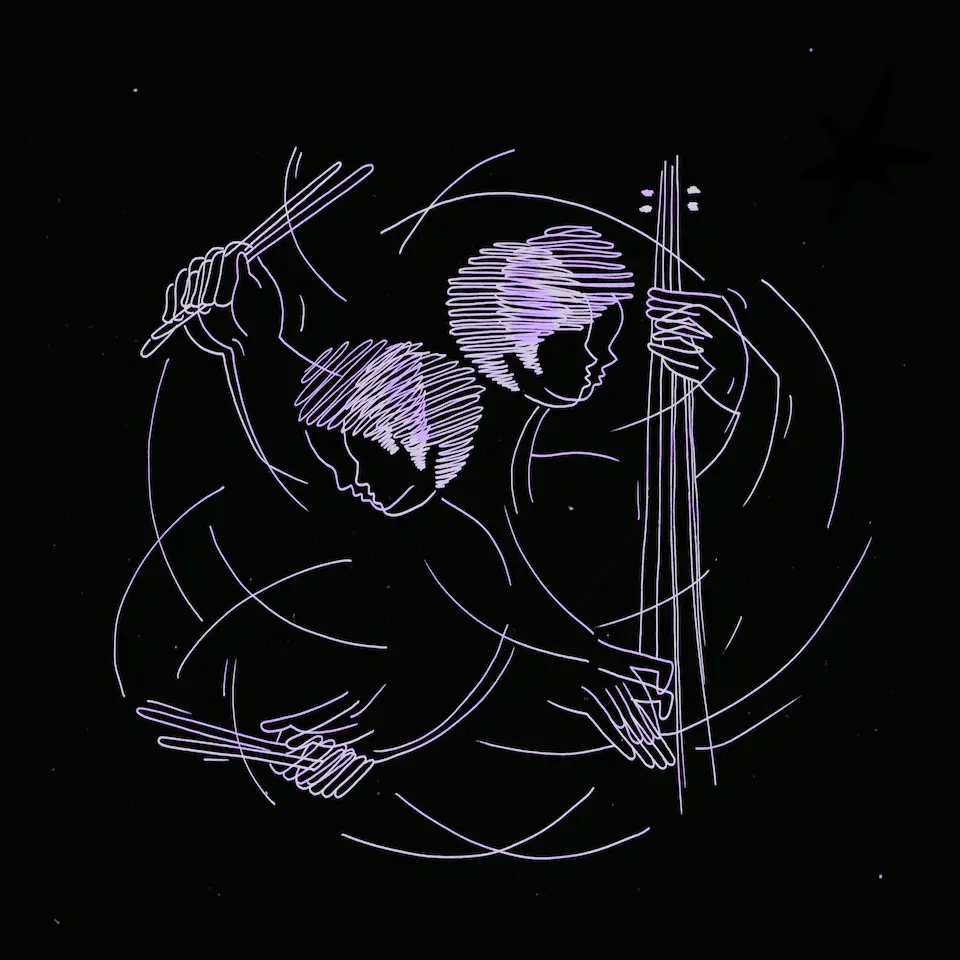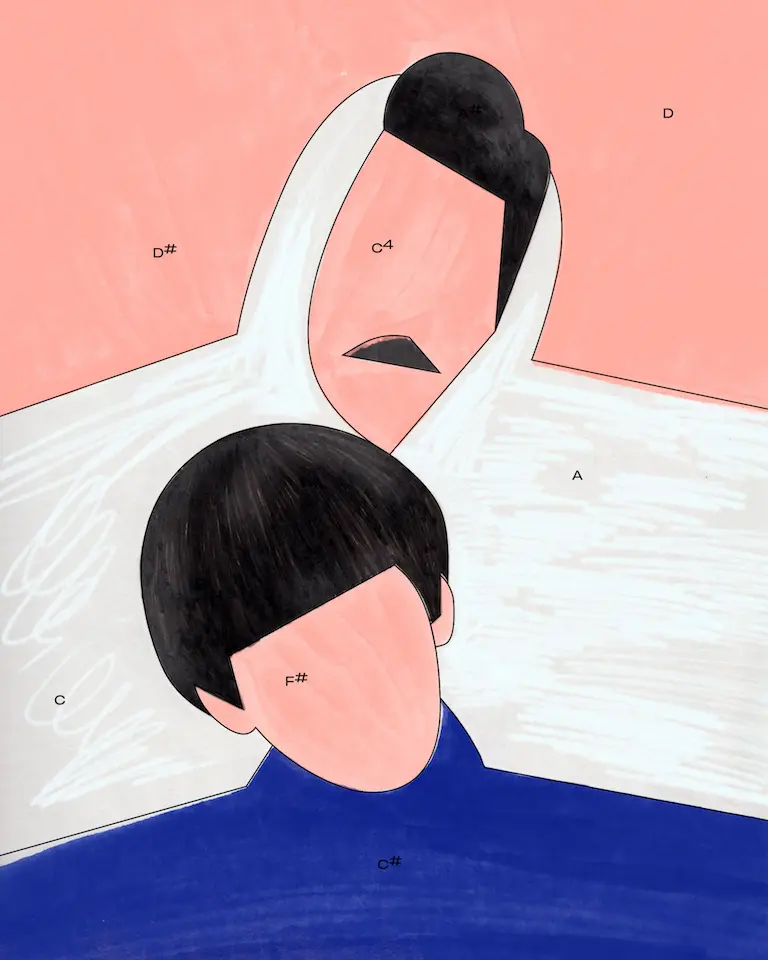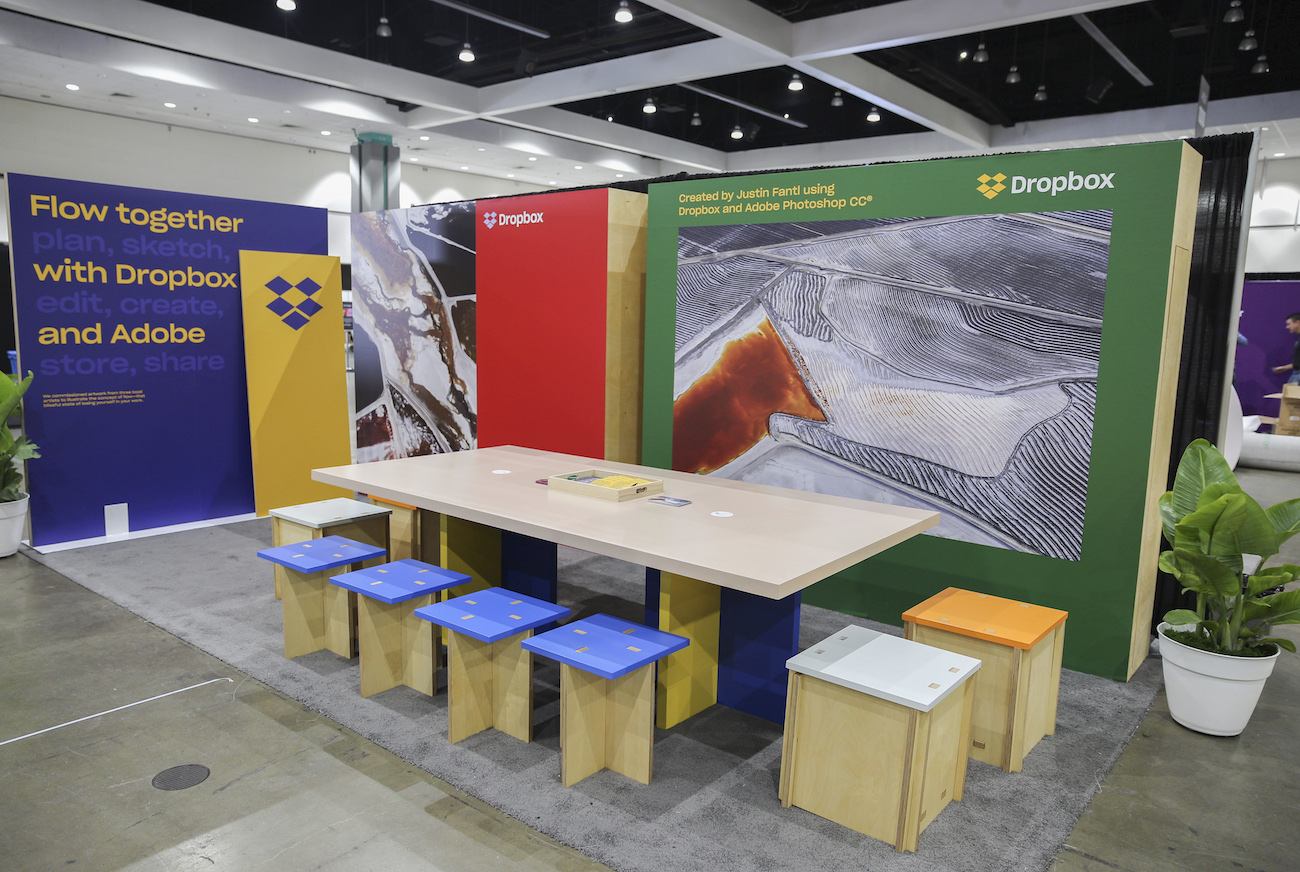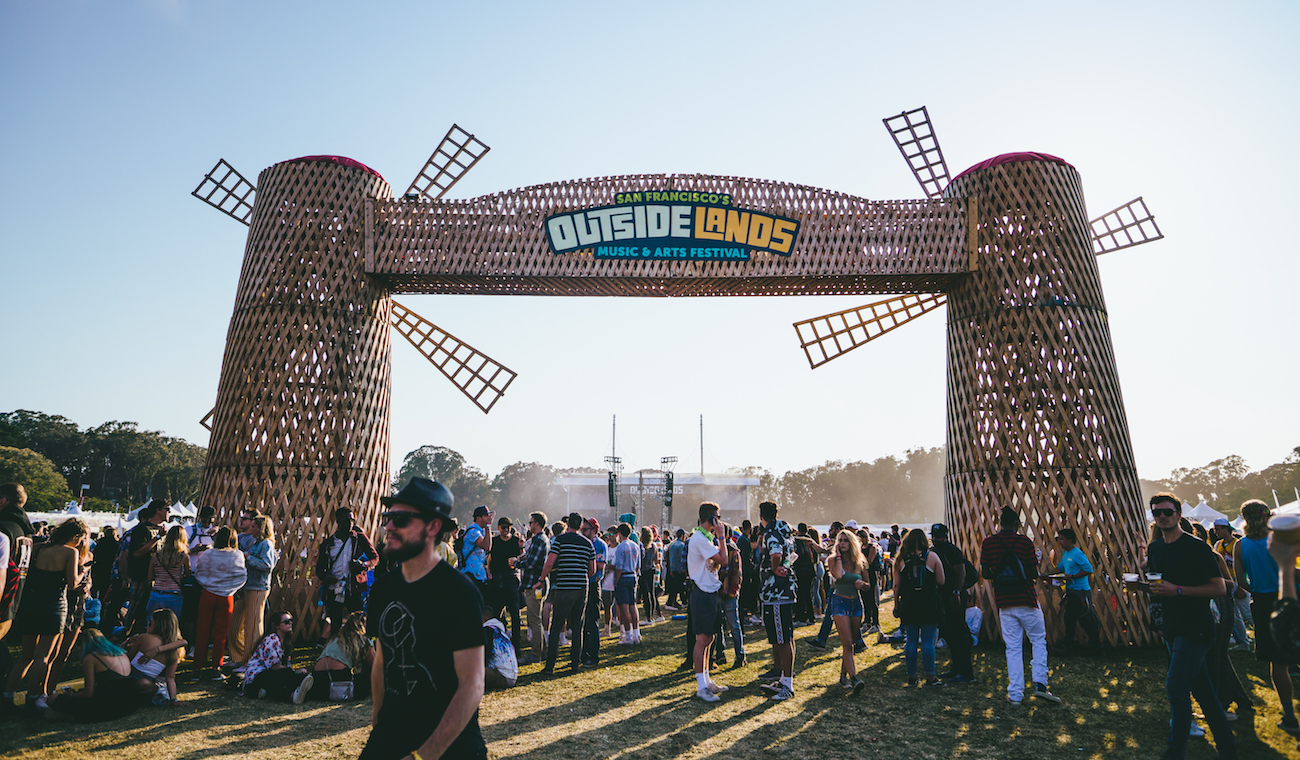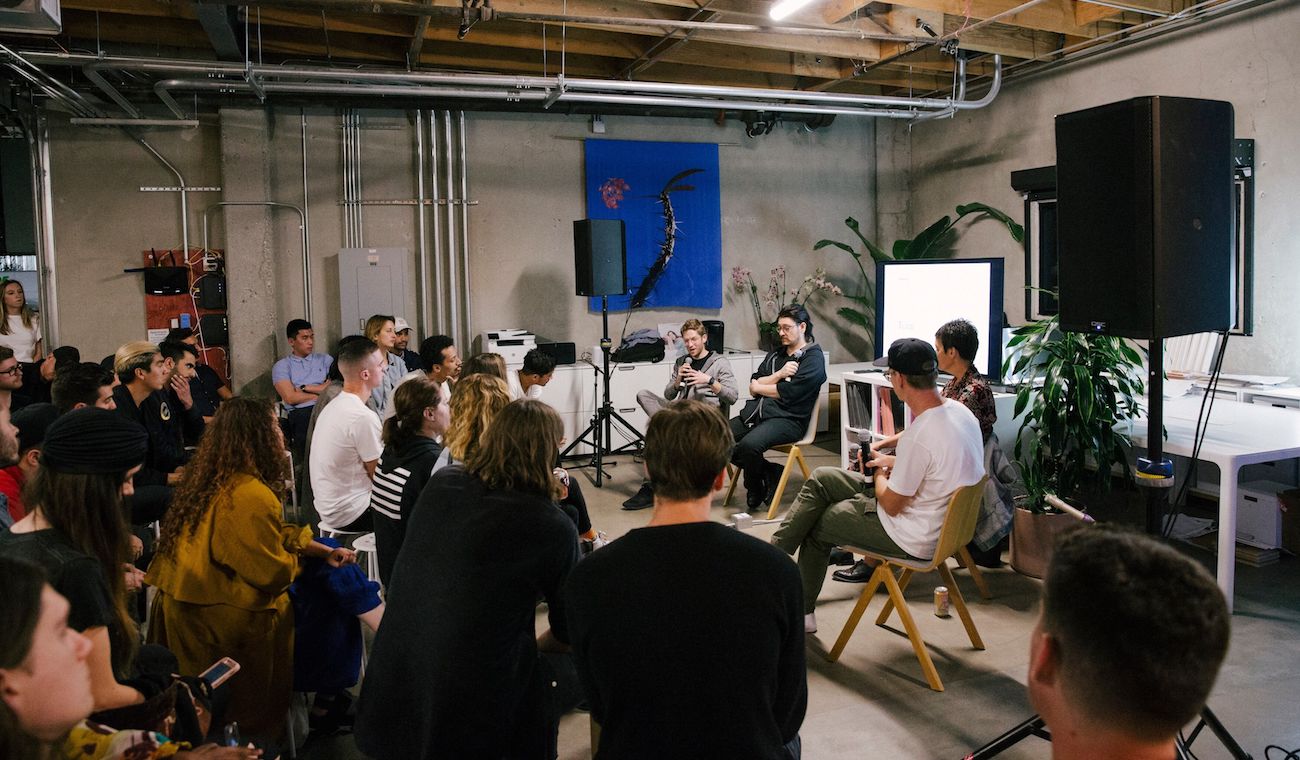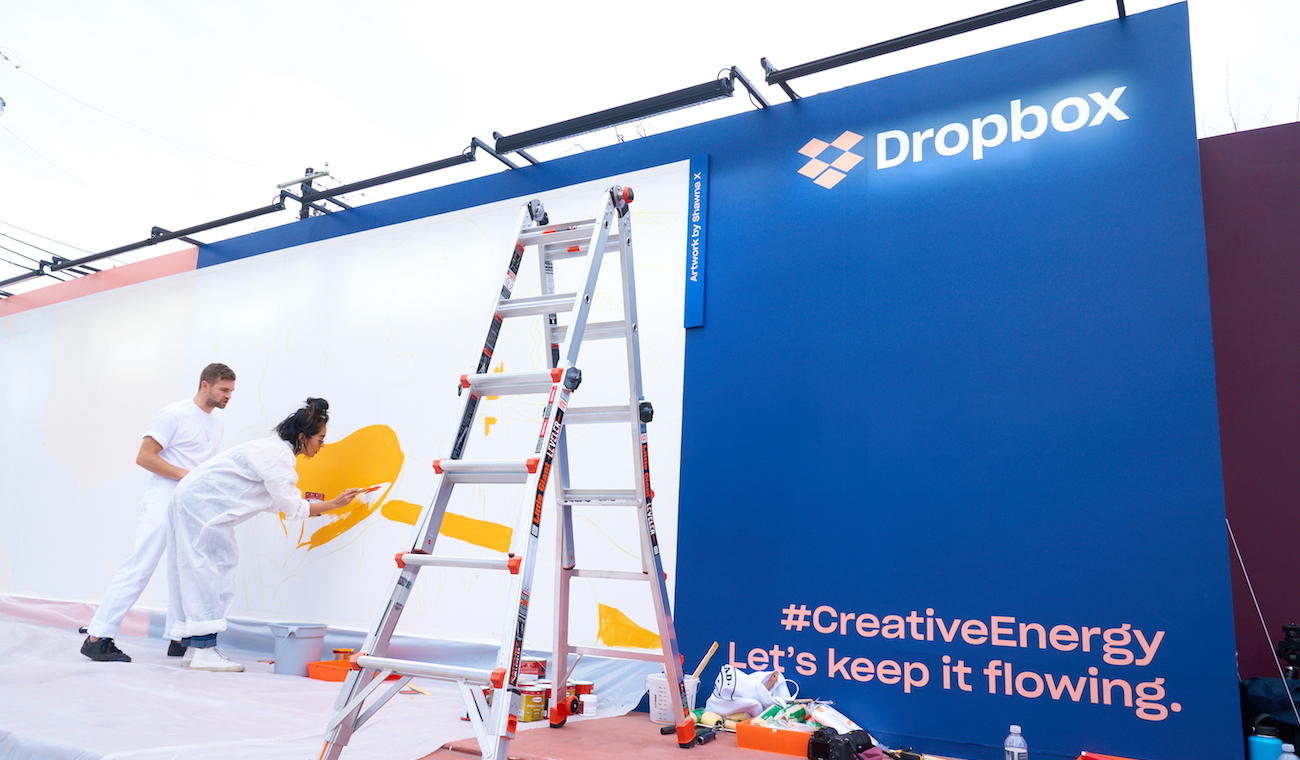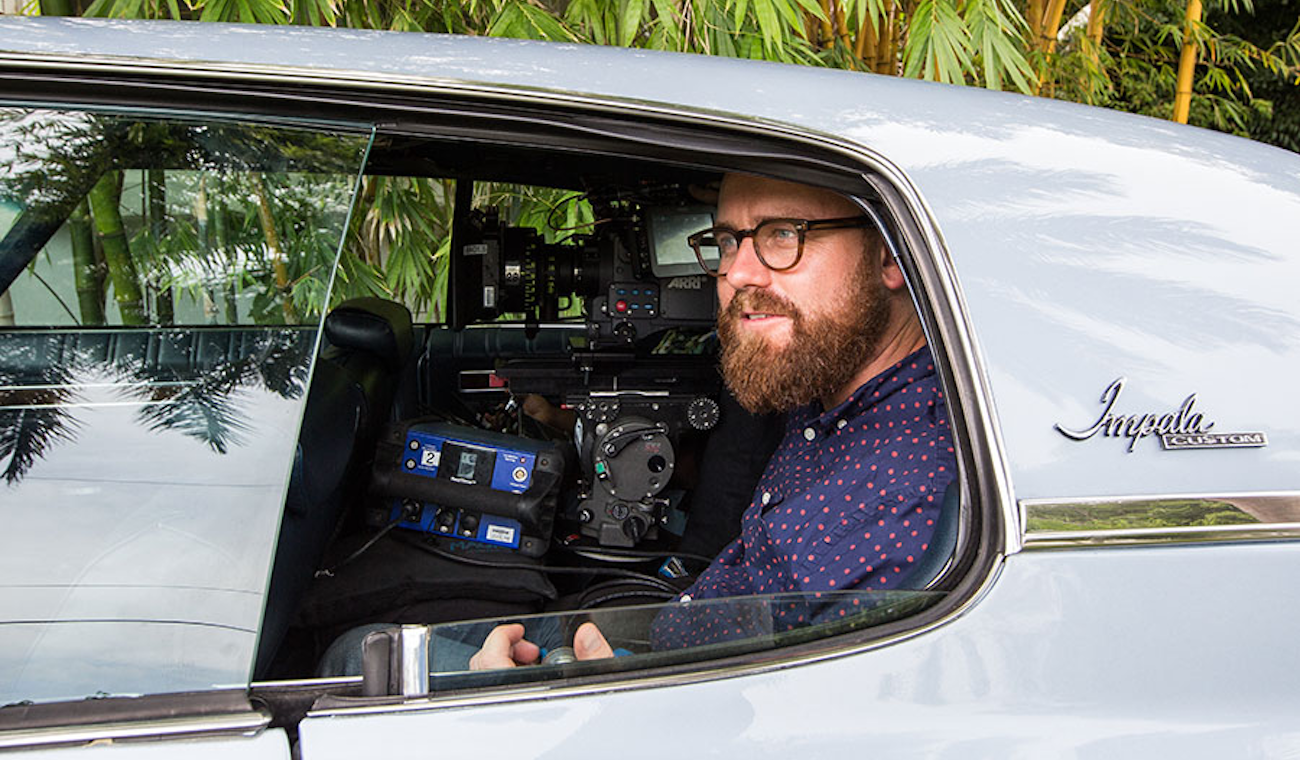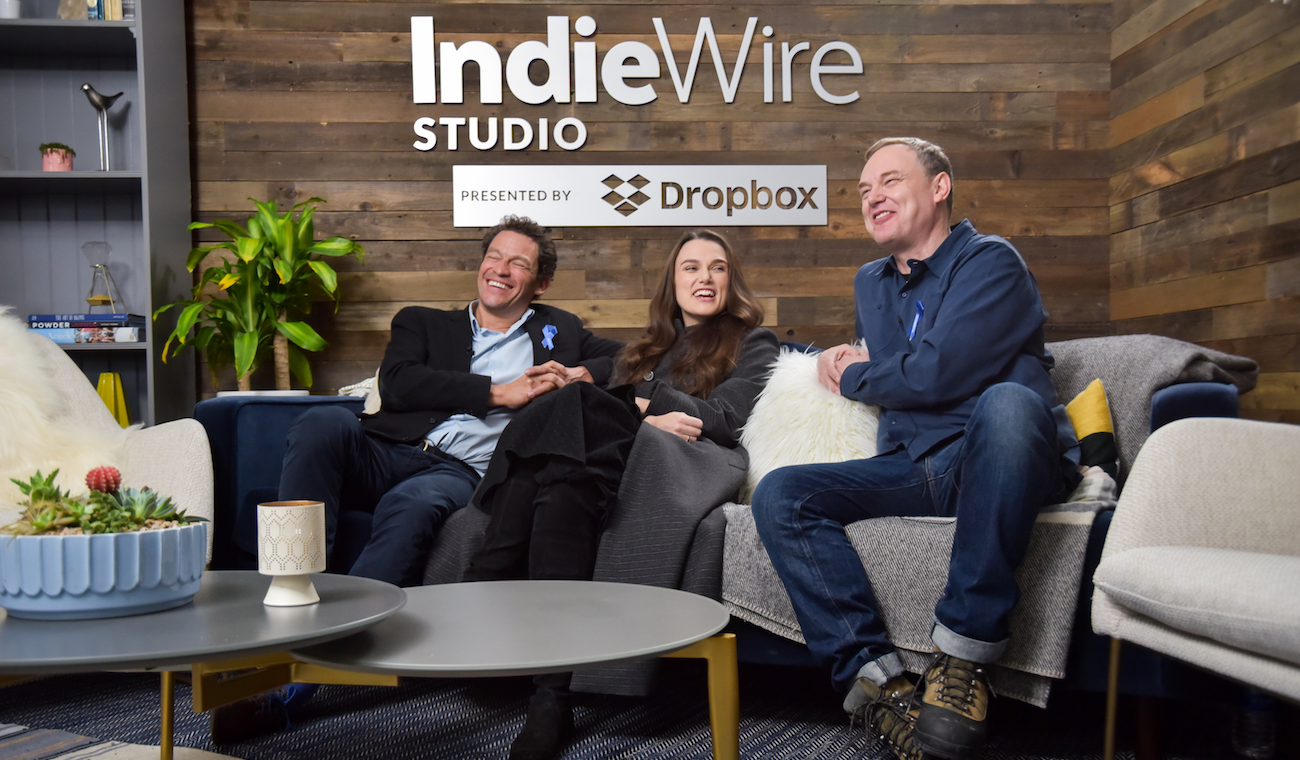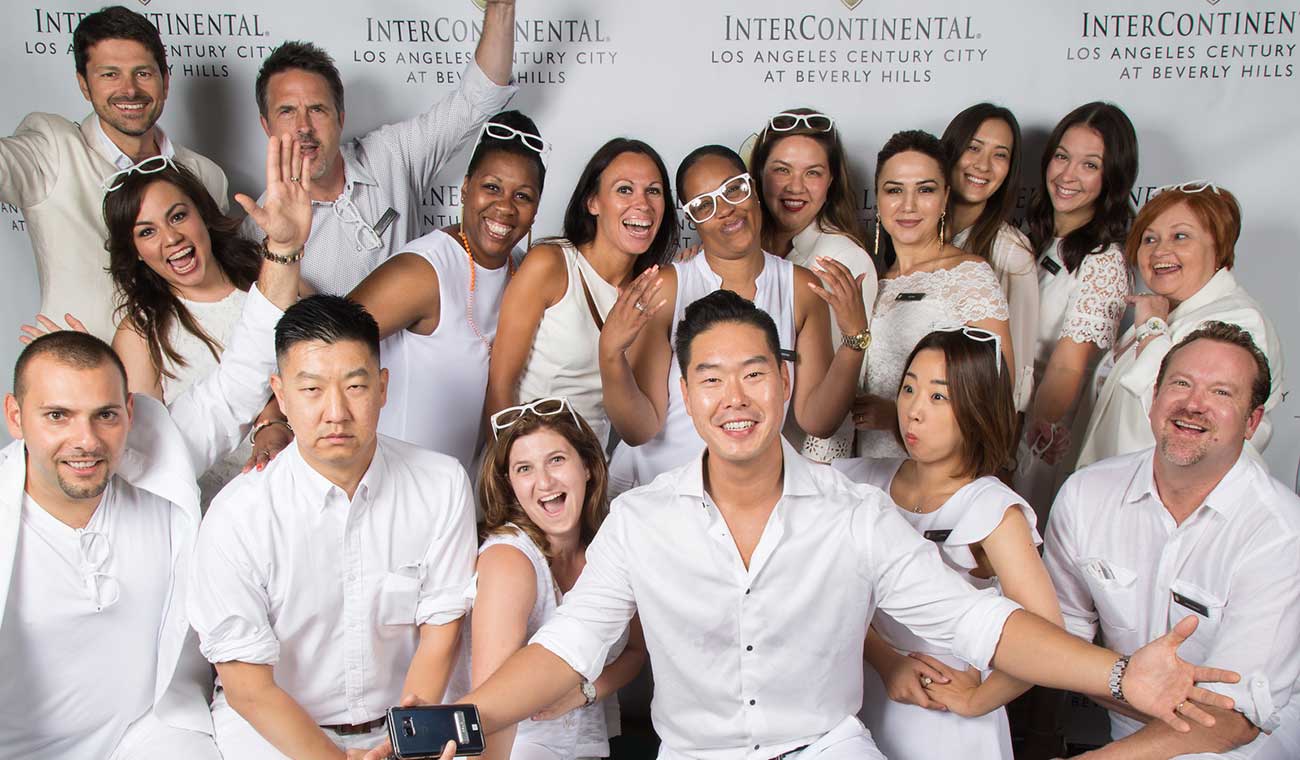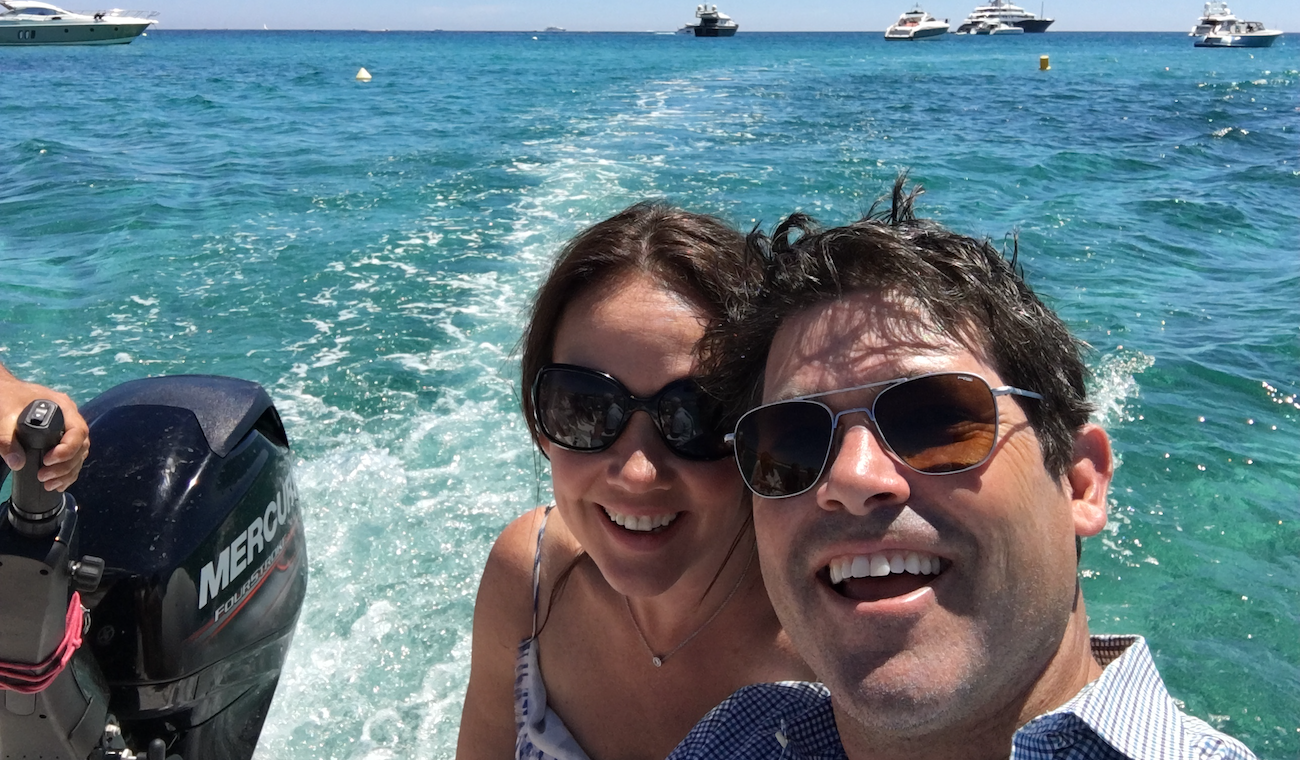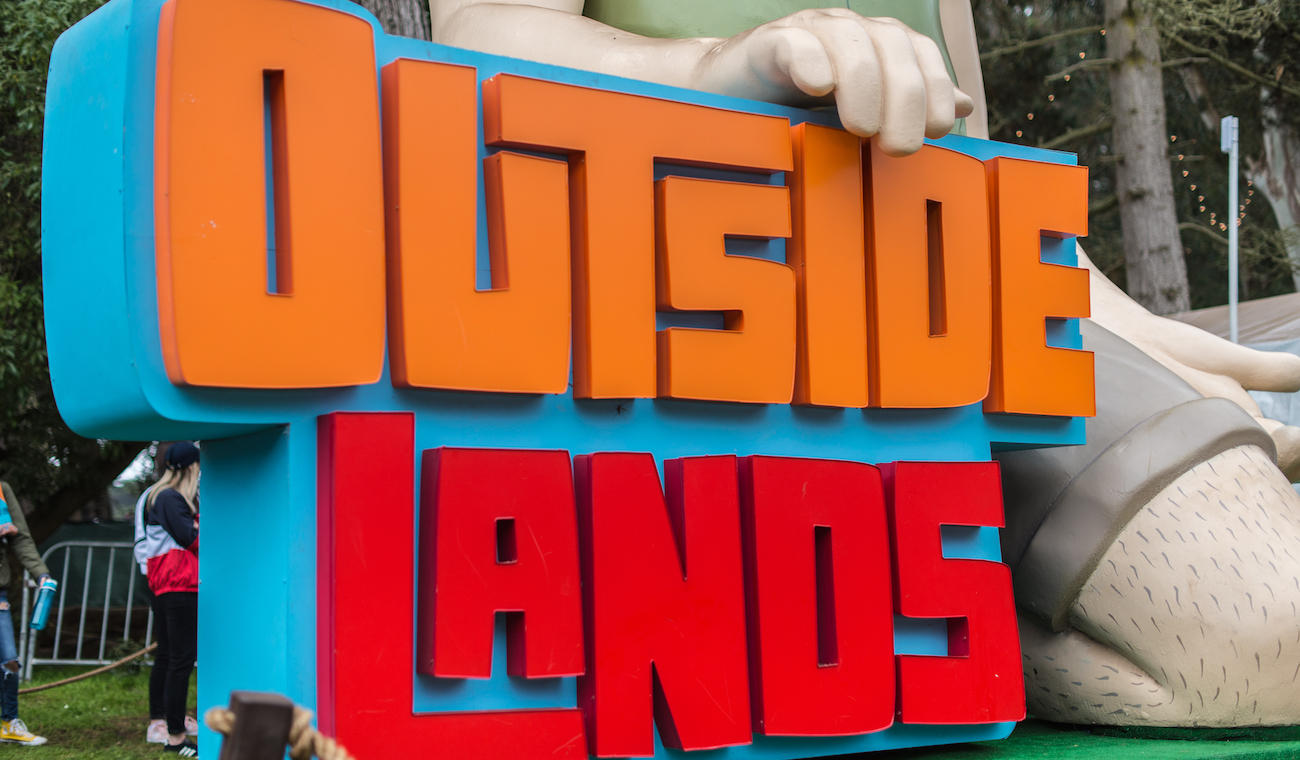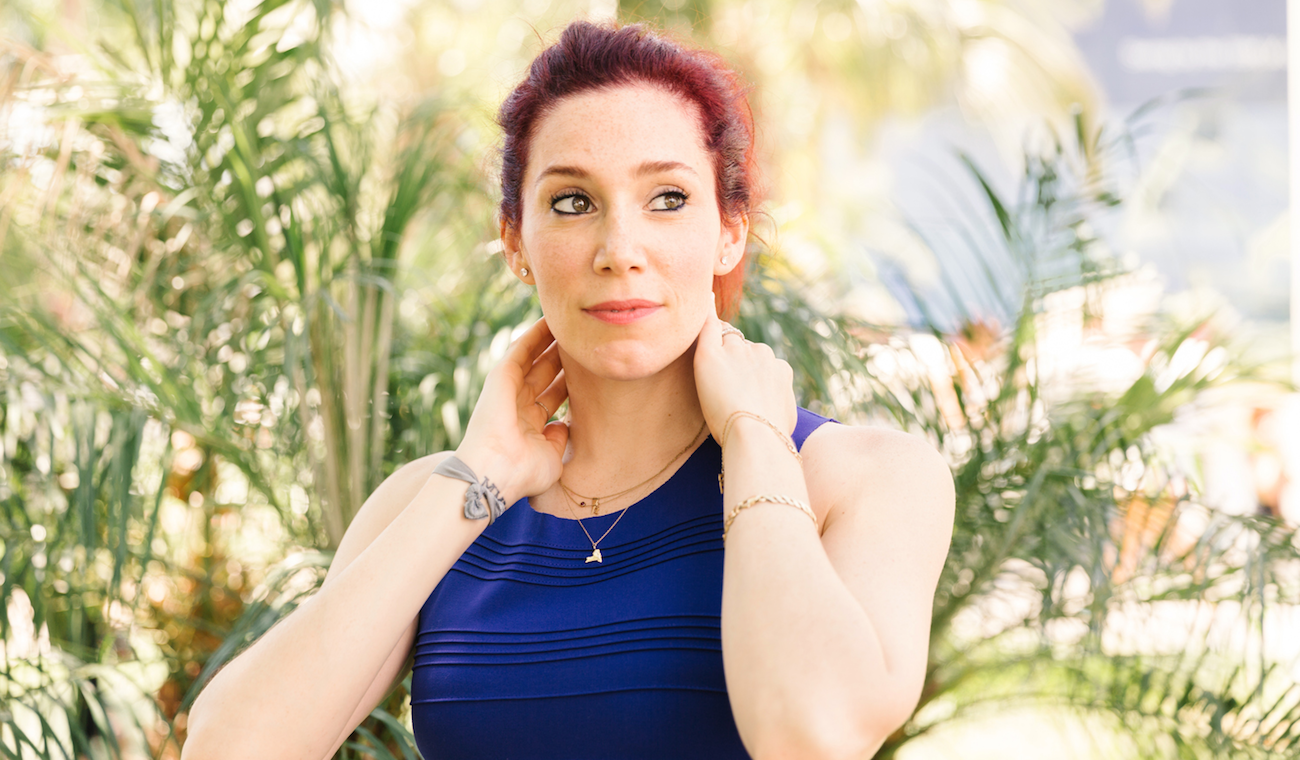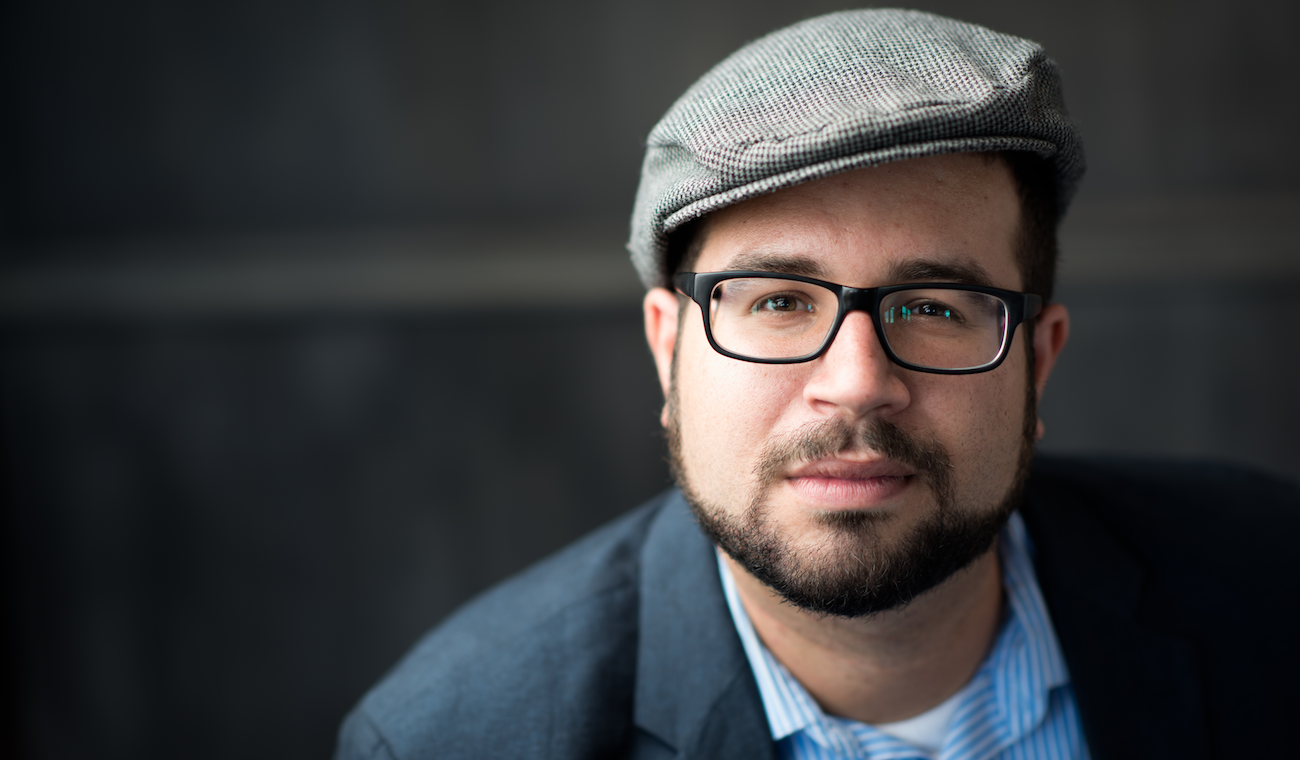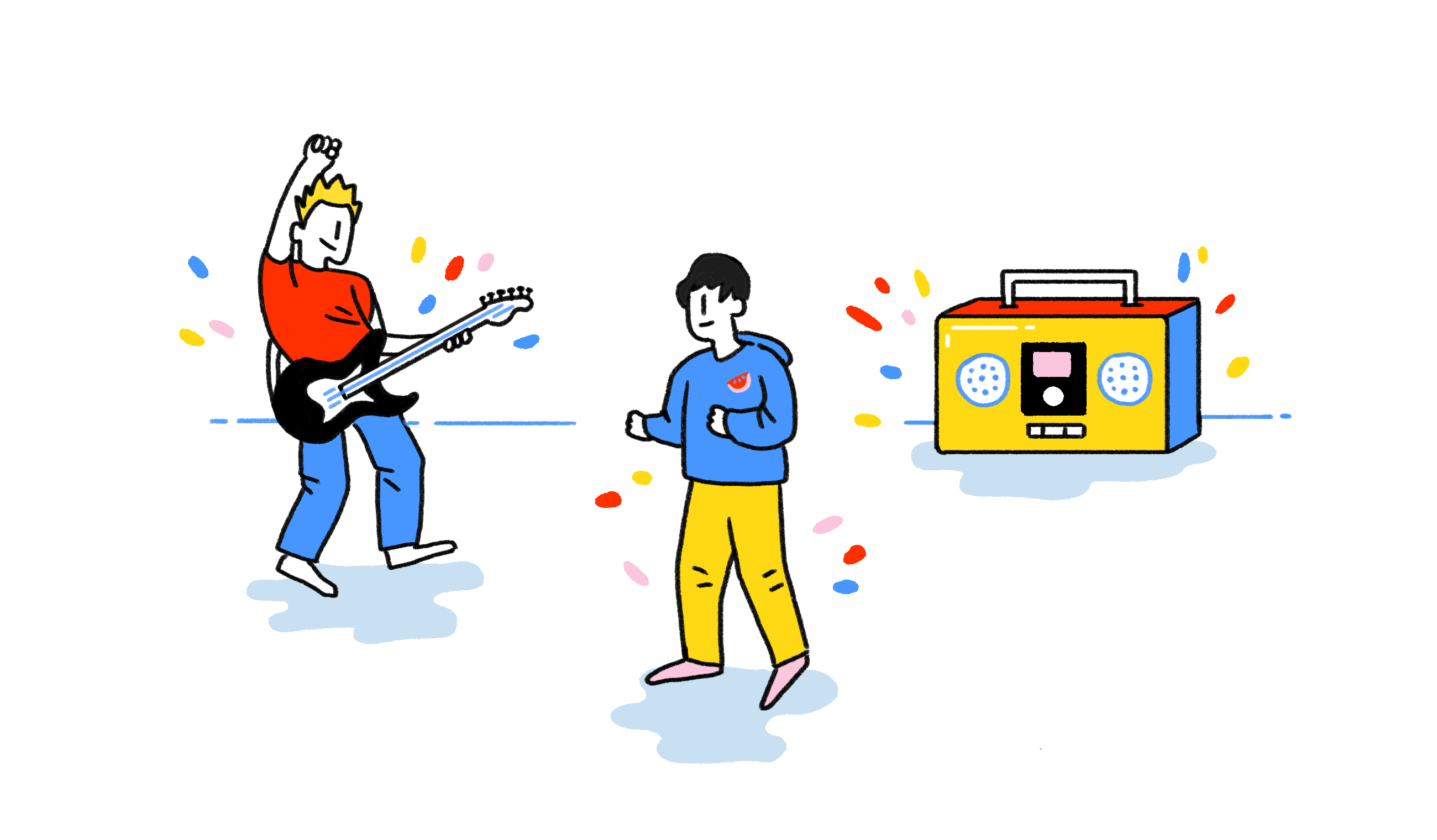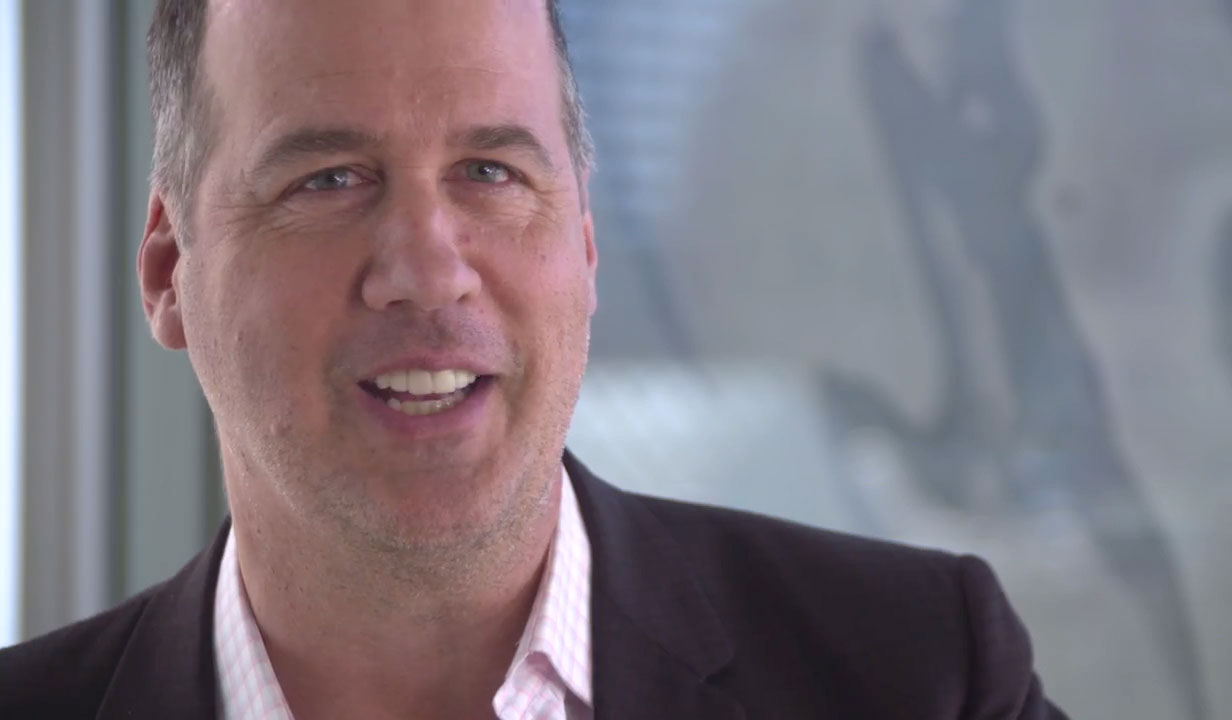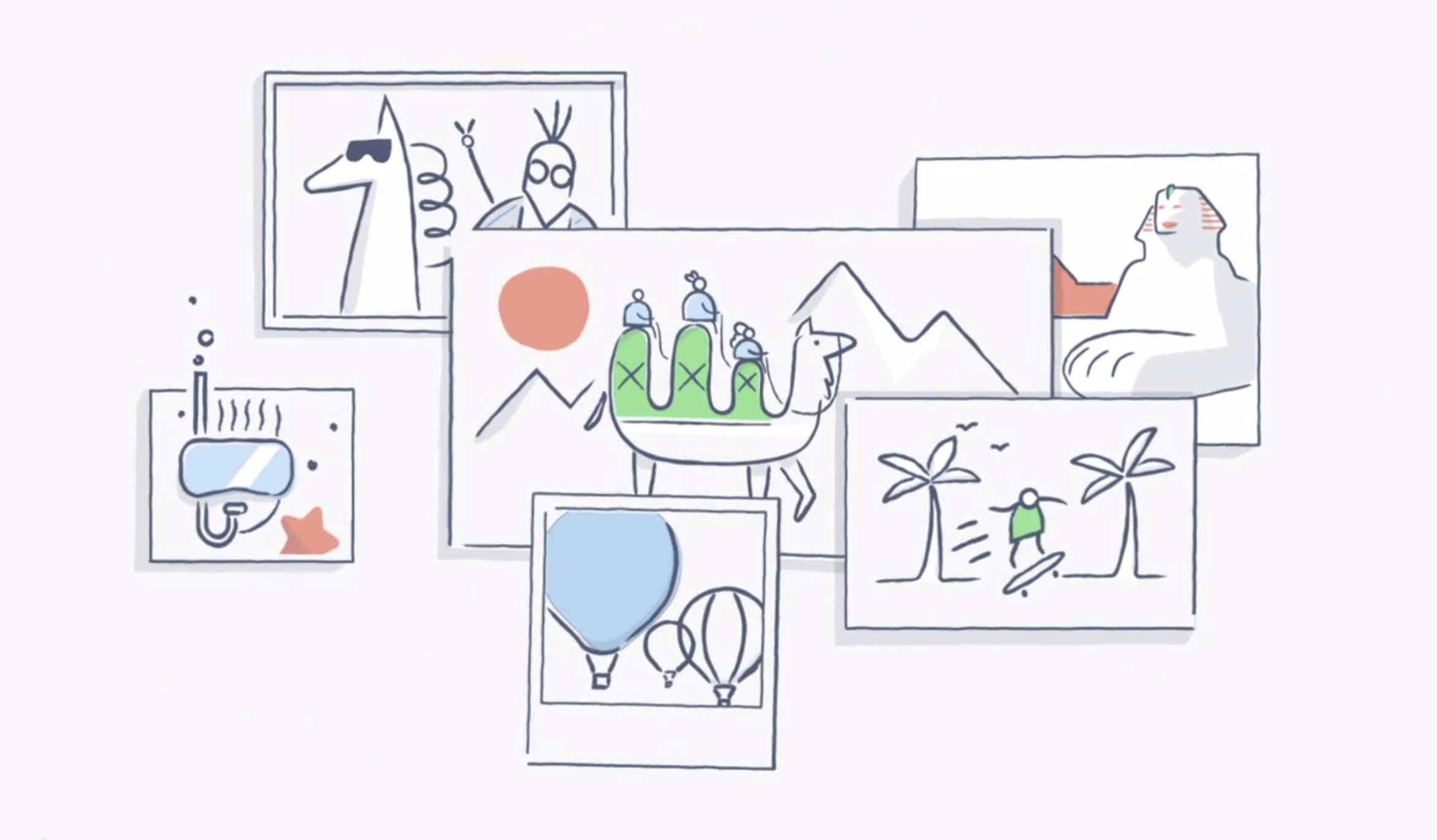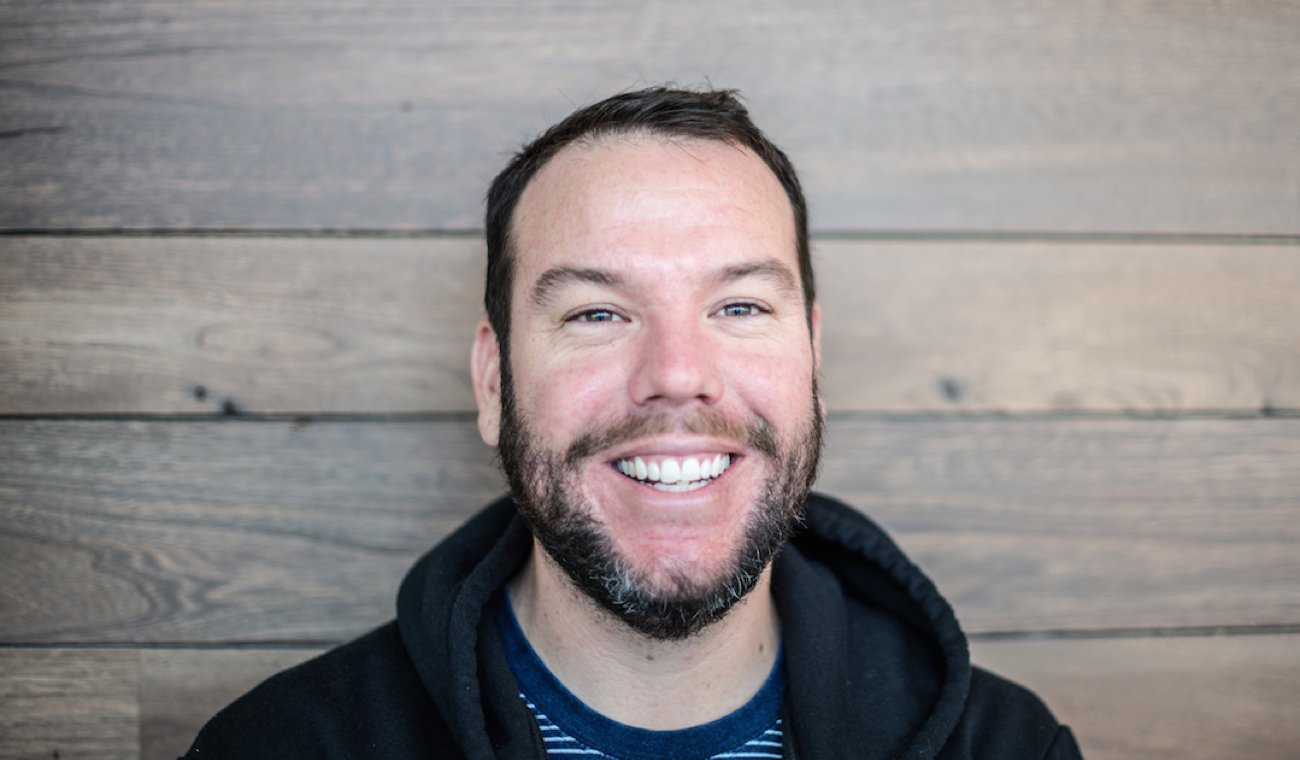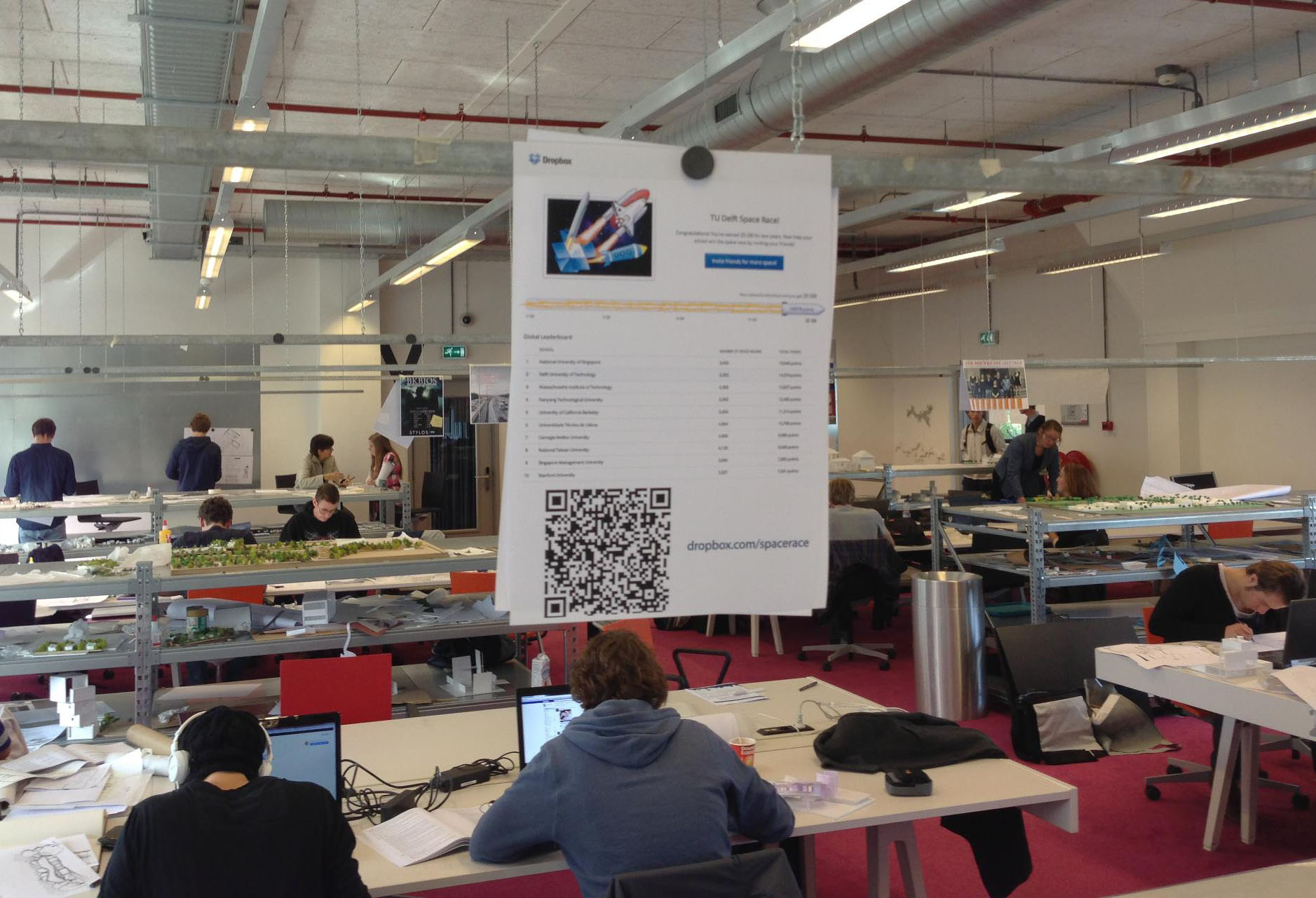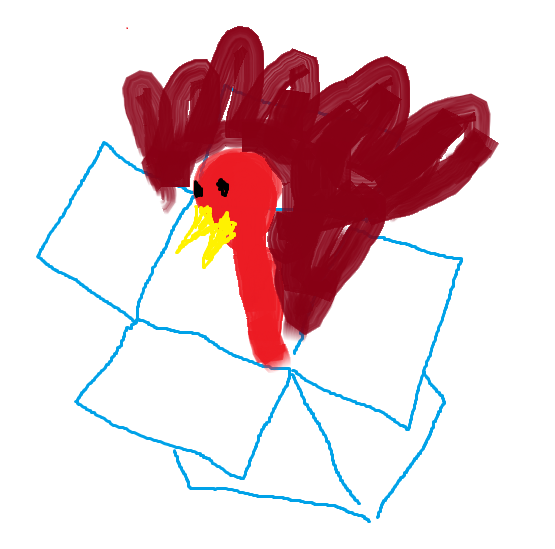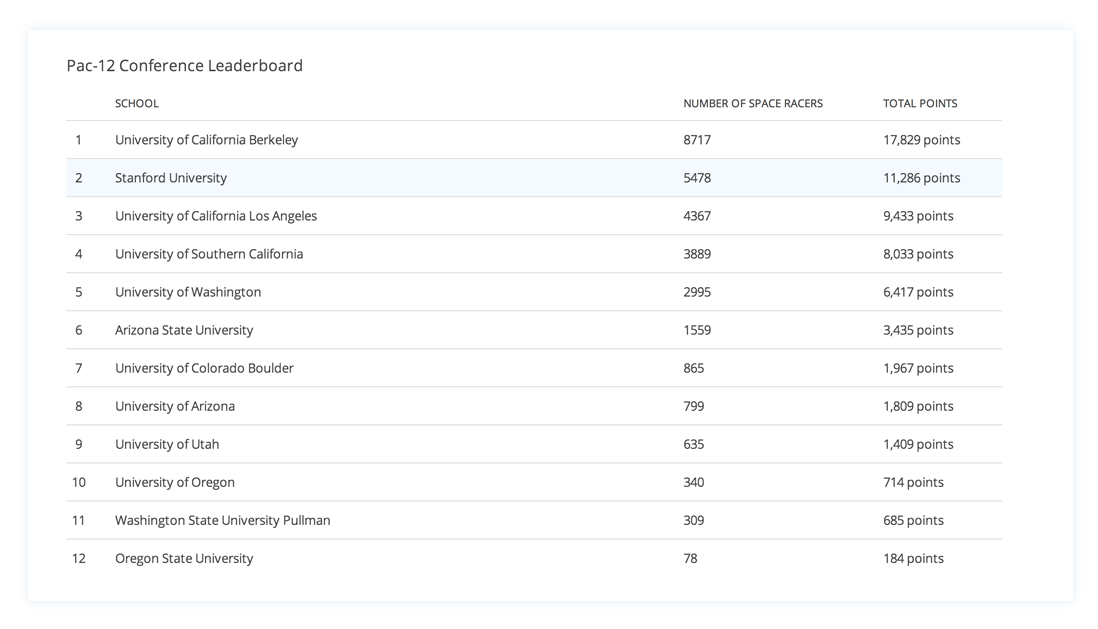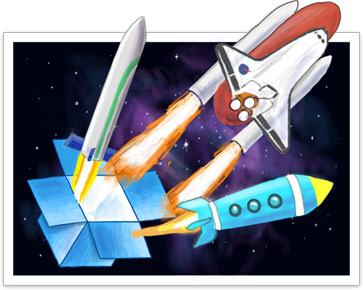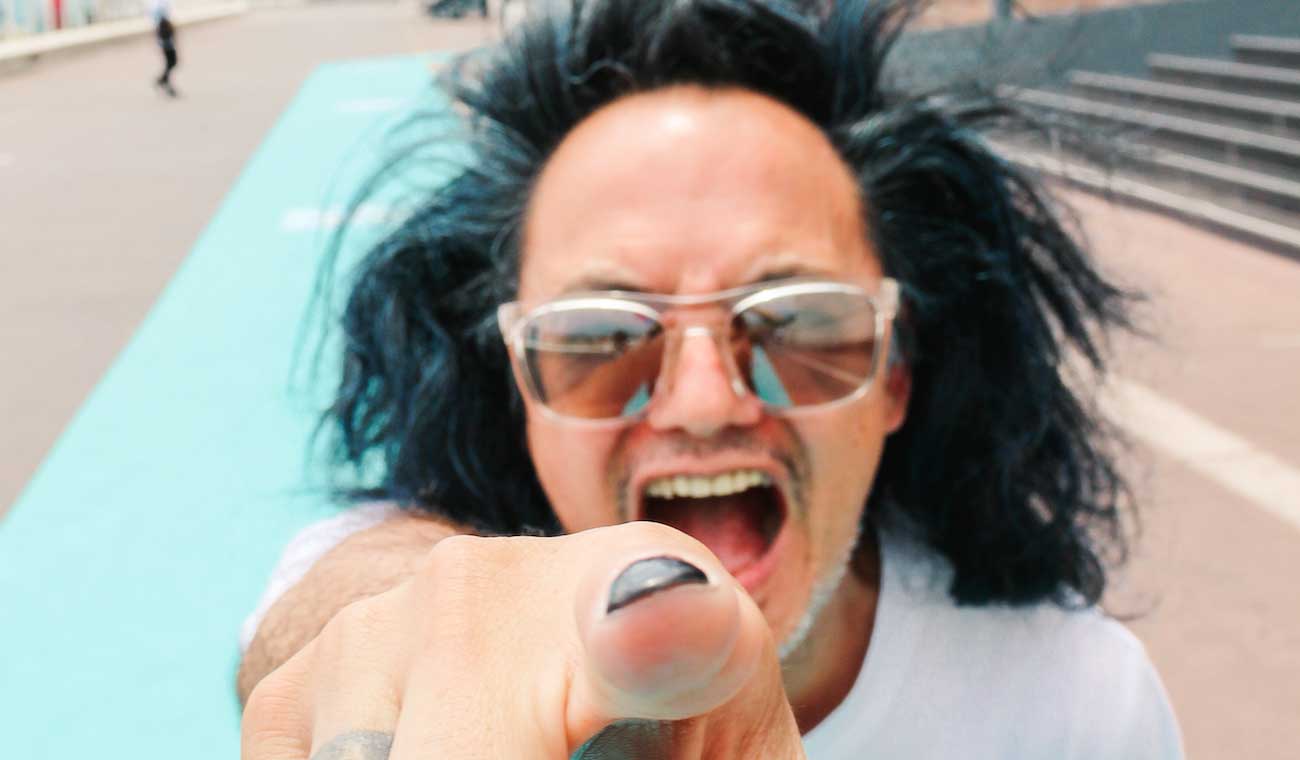
Q&A with David “Shingy” Shing: facilitator, disruptor, prophet
Published on July 20, 2017
Oath's David “Shingy” Shing is a self-proclaimed “digital prophet.” He’s made a living out of forecasting the future, whether that’s the newest trend in tech or the next shift in social media culture. We got a chance to chat with Shingy in a freewheeling conversation about why daily routines are good for creativity, how not to run a brainstorm, and why money and fame aren’t critical for career happiness.
Describe what a digital prophet is.
I forecast trends. And being a forecaster means you don’t always have to get it right, thank God—because a couple of things I’ve said haven’t come true. I distill down ideas, trends, and really, behaviors for the industry, for clients, for agencies, for anybody that will listen to me.
When do you feel most creative?
Most people get creativity from doing something that they typically do as a routine or where there's no pressure to deliver. So if I'm walking my dog, or if I’m taking a shower or if I'm riding my bike or if I'm doing something that’s a routine, that's when most people on the planet actually get their best creative ideas. It's not from being stuffed in a dark boardroom or sitting in a basement.
You don't even know what the weather's like outside, so you’re trying to be educated and inspired in something that looks like a prison. That's not where creativity happens. It happens elsewhere. And it also happens in solitude. It happens where you're able to think about things differently and not being forced to create. What typically happens is groupthink because most people set up collaborating spaces badly.
How so?
What I mean by that is that you're forced into a boardroom. Somebody's dropped something on your calendar, an hour meeting. No agenda, and it could say, "brainstorm," if you're lucky. You turn up and people aren't prepared. You've given me no homework. You're stuck in a dirty boardroom and you're told, "That's it. We have a fire drill. We have to brainstorm our way out of this. We need to come up with brilliant ideas in an hour."
Collaboration is combined with happiness, I think in two ways: collaboration is contribution and recognition.
What happens is the loudest voice in that room is the idea you'll probably deliver, and the quiet introvert creatives in the house are gonna walk away, and most of us are gonna huddle later and say, "That was the worst meeting I've had ever and I can't get that hour back in my life." And that's not how collaboration should be set up.
Collaboration is combined with happiness, I think in two ways: collaboration is contribution and recognition. And here's how you do it. So the first thing, you want to contribute. Give people some silence. Set up the room so they're not comfortable. If you're in a boardroom, so what? Make it a boardroom, don't sit. What I would do is scribble up what the objective is, lay the table full of paper. Have people sit in silence for a couple of minutes, or stand in silence for a couple of minutes.
Think about what the objective is and then write maybe a sentence to what that problem's gonna be, and then step to the left and complete the next person's sentence and so on. What you get is a collaborative environment, a story that started with a kernel of an idea and now ends off with a collaborative idea.
You mentioned the second factor to collaboration is recognition. Tell us more about that.
So the two human values of being happy in your job aren’t money and fame, they’re recognition and contribution. Recognize that I'm a voice inside this organization and if you don't give me that platform I'm either gonna get upset or leave. You have to listen to the bulk of the people in the organization. And recognition doesn't have to be a big fat check. It doesn't have to wait 'til the end of year ("And the employee of the year is... "). It's just about the contribution and recognition of those little ideas. And a lot of little ideas could end up with a big idea, if that's the objective.
I think a kernel of an idea can start with the power of one, an individual. But you can't create rock and roll by one person. I think you really do need a band.
How does collaboration factor into creativity?
I think it's a contribution to it. I think a kernel of idea can start with the power of one, an individual. But I think it’s fair to say that you can't create rock and roll with one person. I think you really do need a band. And so you do need the other players to help understand that: it's to orchestrate a harmony. Otherwise you're gonna be the marching band of one.
What does it take to bring a big bright idea to life?
I think we have to be careful about bringing a big, bright idea to light, because I don't think it's about maybe one big idea. I think it's about multiple ideas. You treat your brand like a portfolio. But to bring ideas to life, I think it has to be about that collaborative environment that is safe to be able to share once you've actually thought about what the problem is. Because you shouldn't try and group-solve problems. It's not the job of humans. They're here to use their gray matter to potentially solve the problem. But the real problem is we just don't allow people to share it well. The platforms aren't really designed for that.
How do you create that safe space so that ideas can actually be shared?
Firstly, you need to understand that people want to feel trusted, and to create trust, we do it in rubbish ways. We sit in a meeting and people assume they know each other. Or you've been in a company long enough and you think you've met that person three or four times, you can't remember their name or what the hell they do, and so you never really fully trust them or what they do. But there's a way to build trust, I think, in the way you set up these environments by at least doing some brain exercises together that feel like you're meeting people differently for the first time again.
You do need processes to be creative. You don't want to start with a blank page. You want to start with inquiries. What's the problem you're trying to solve?
So then, you think in terms of people's approach to solving a problem: first define the problems united around an objective and then create a safe, collaborative space so that people can actually work on an idea. That safe collaborative space doesn't have to be bean bags and hammocks. It could just be a place that says, "This is the process." You do need solitude to be chaotic, but you need processes to be creative.
You don't want to start with a blank page. You want to start with inquiries. What's the problem you're trying to solve? And they're the environments that you want to create in. These other things like bean bags and primary colored whatevers, they're mainly just enablers to help make sure that creativity is delivered.
For more insights from top creatives, see our Q&As with podcaster David Rheinstrom, DJ Hesta Prynn, designer Chris Rowson, PR vice president Marcus Peterzell, campaign guru Lori Feldman, and creative shop head Weera Saad.



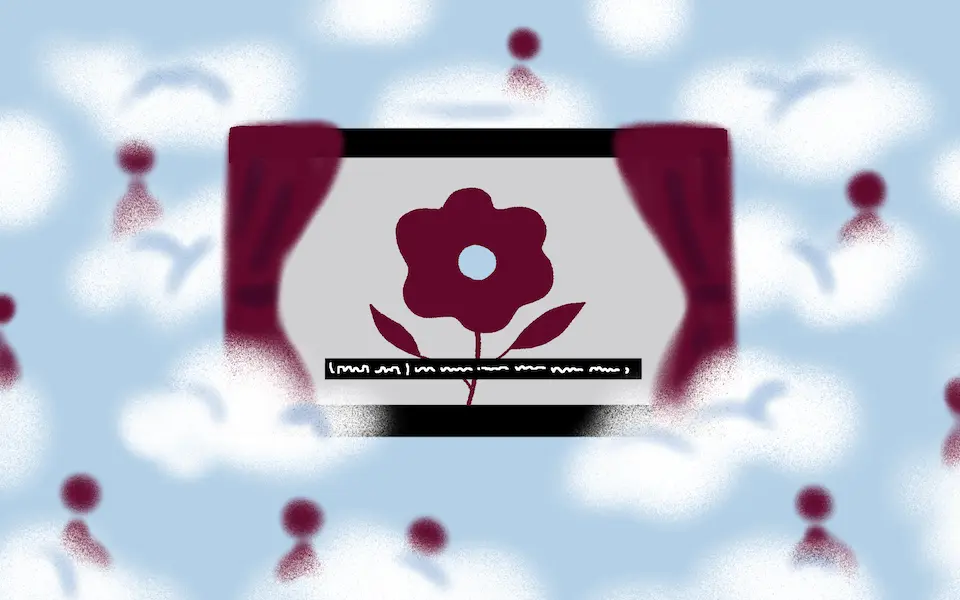
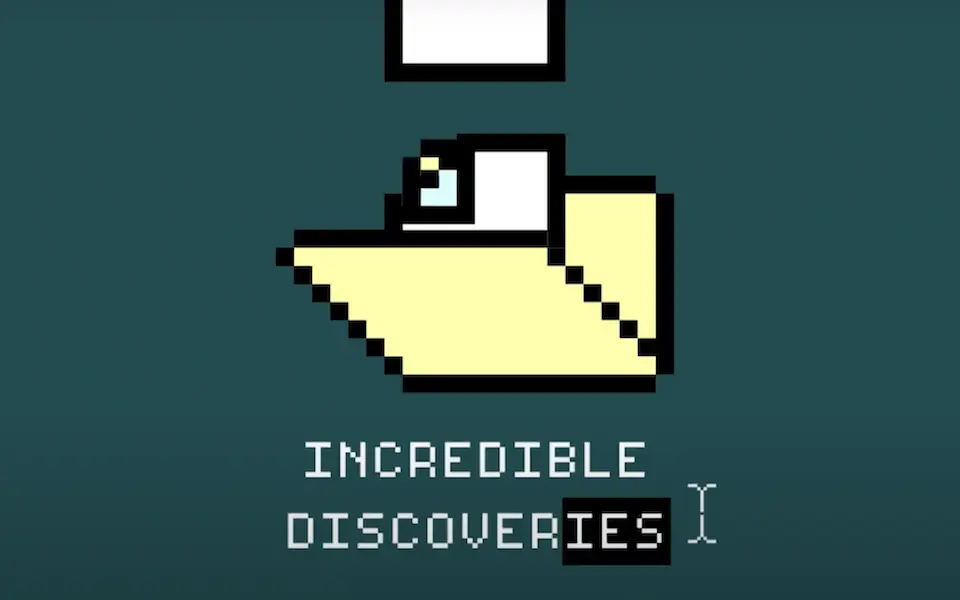
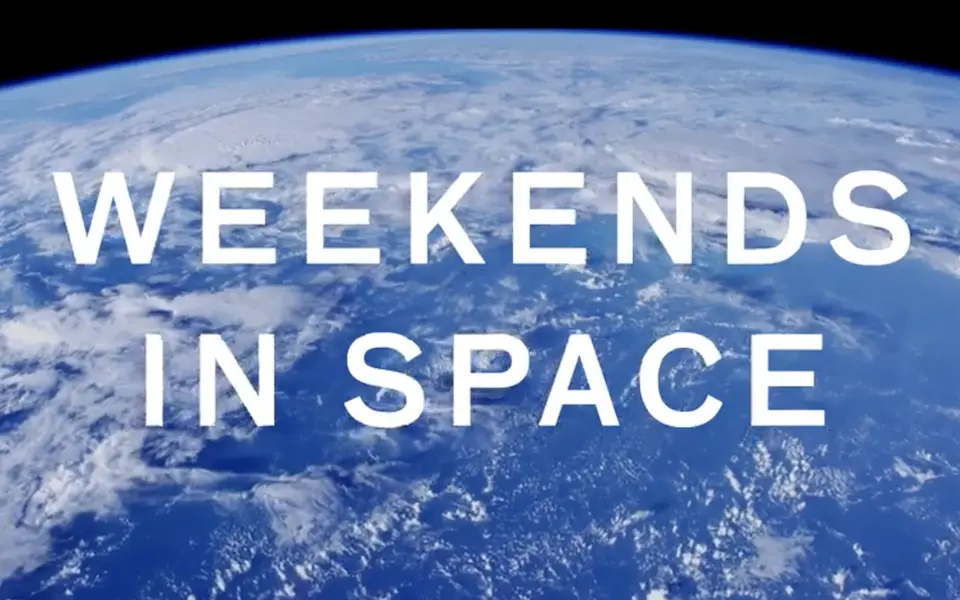
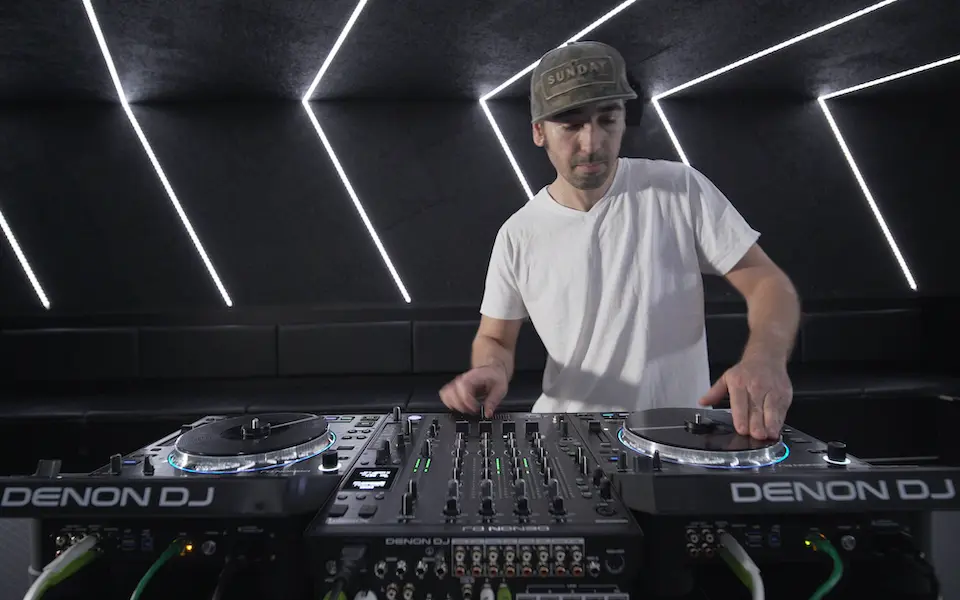
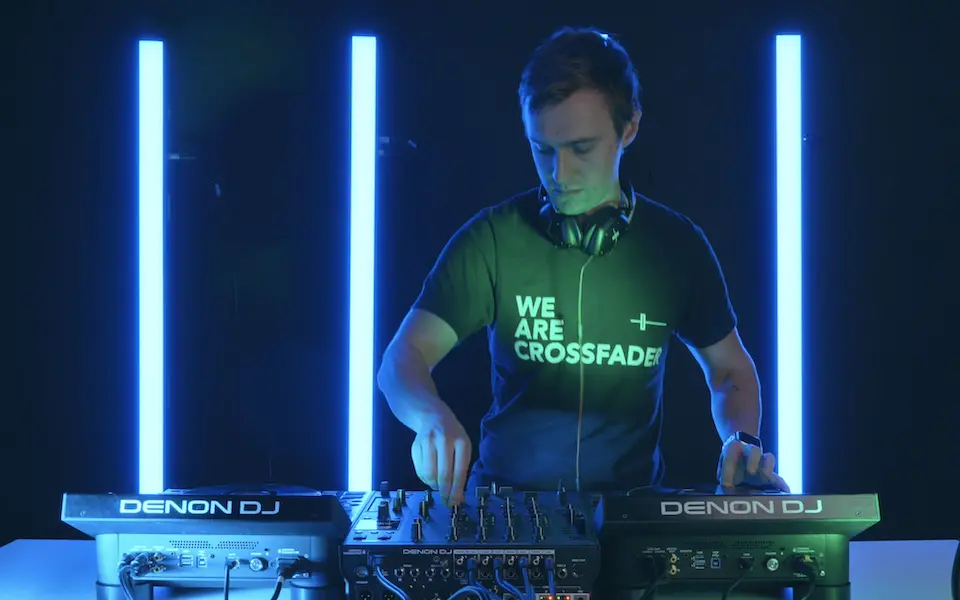



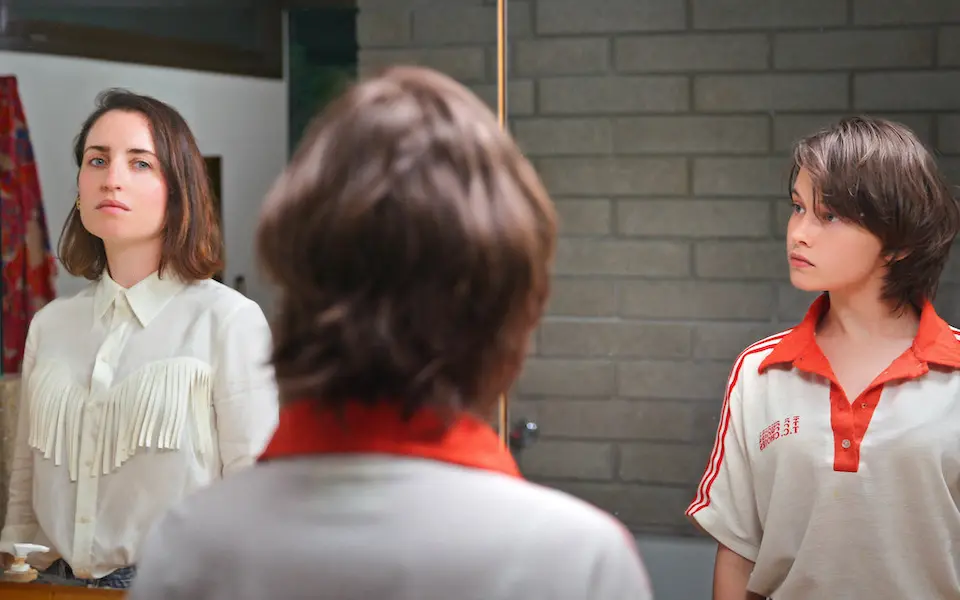




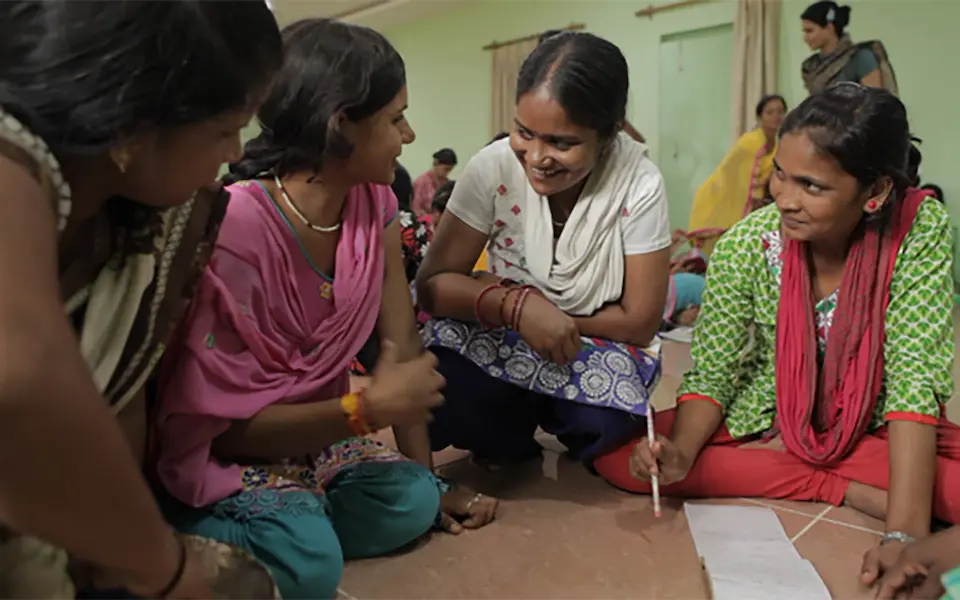
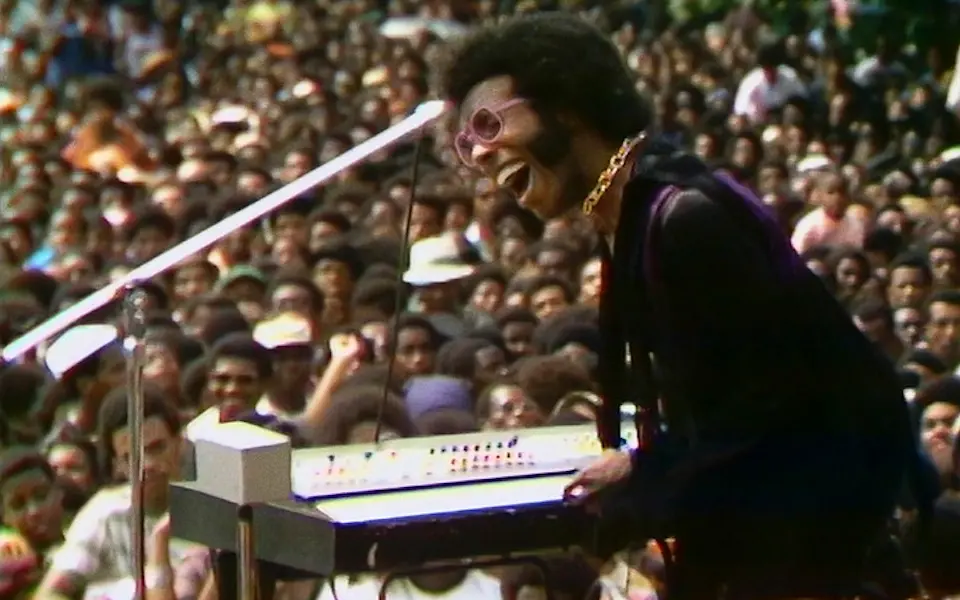
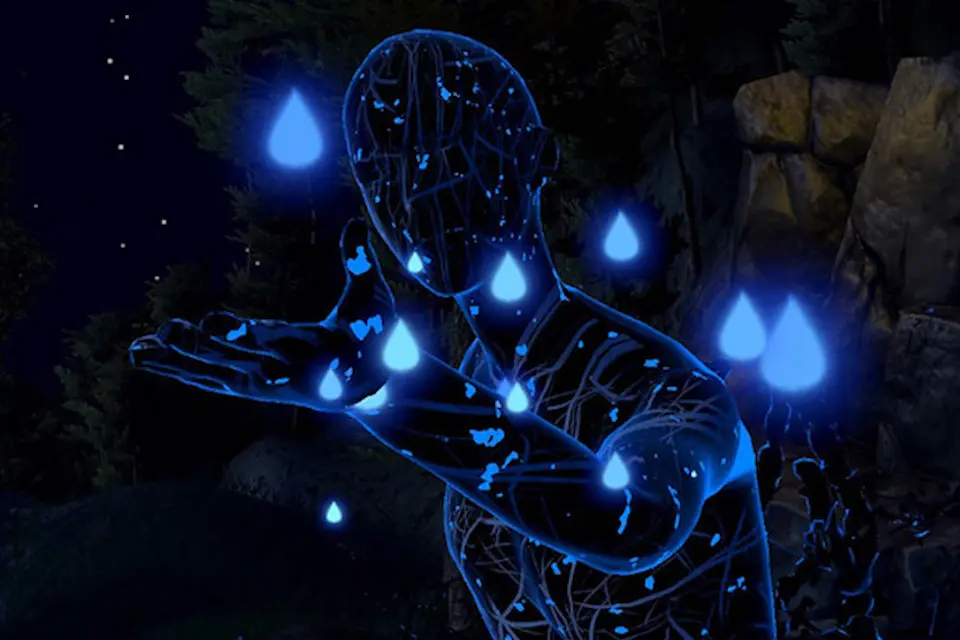
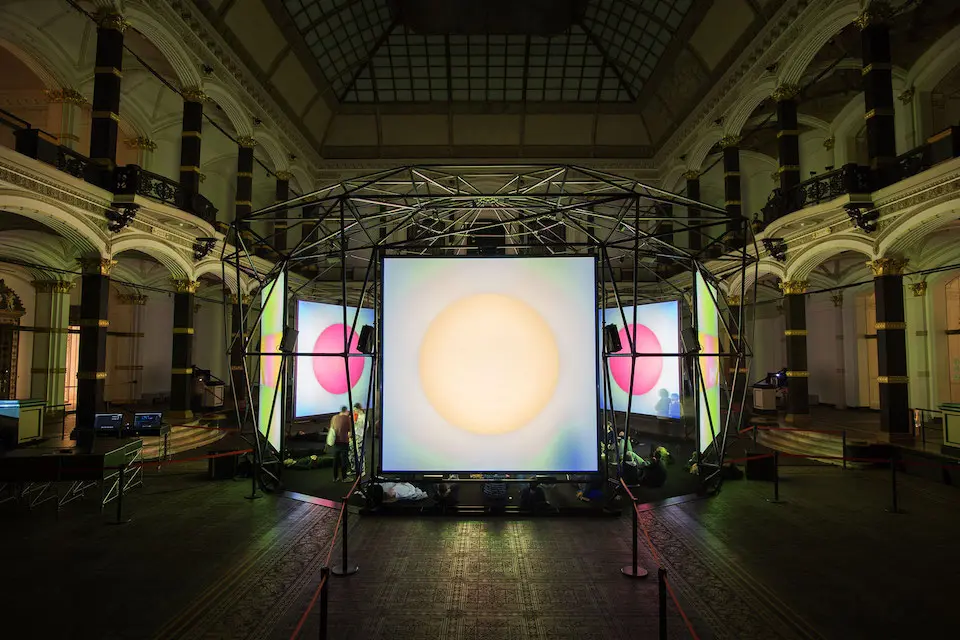


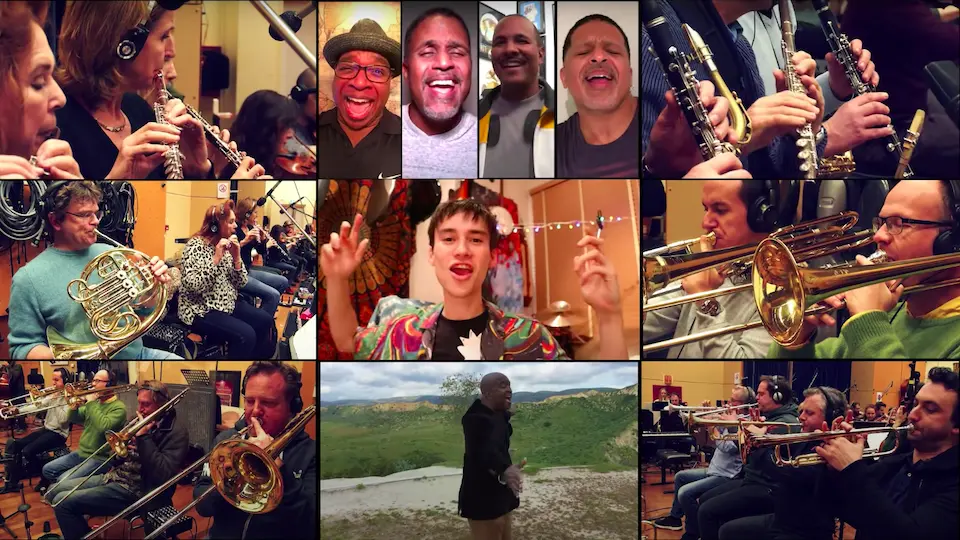

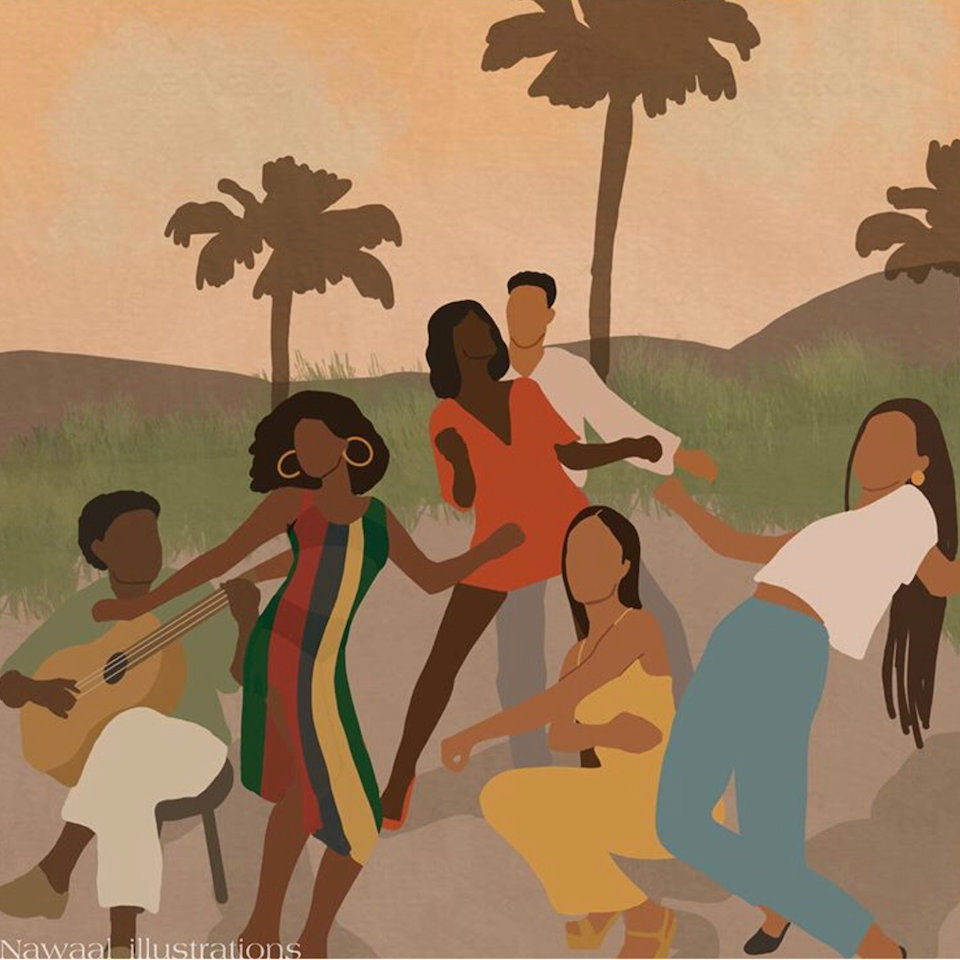


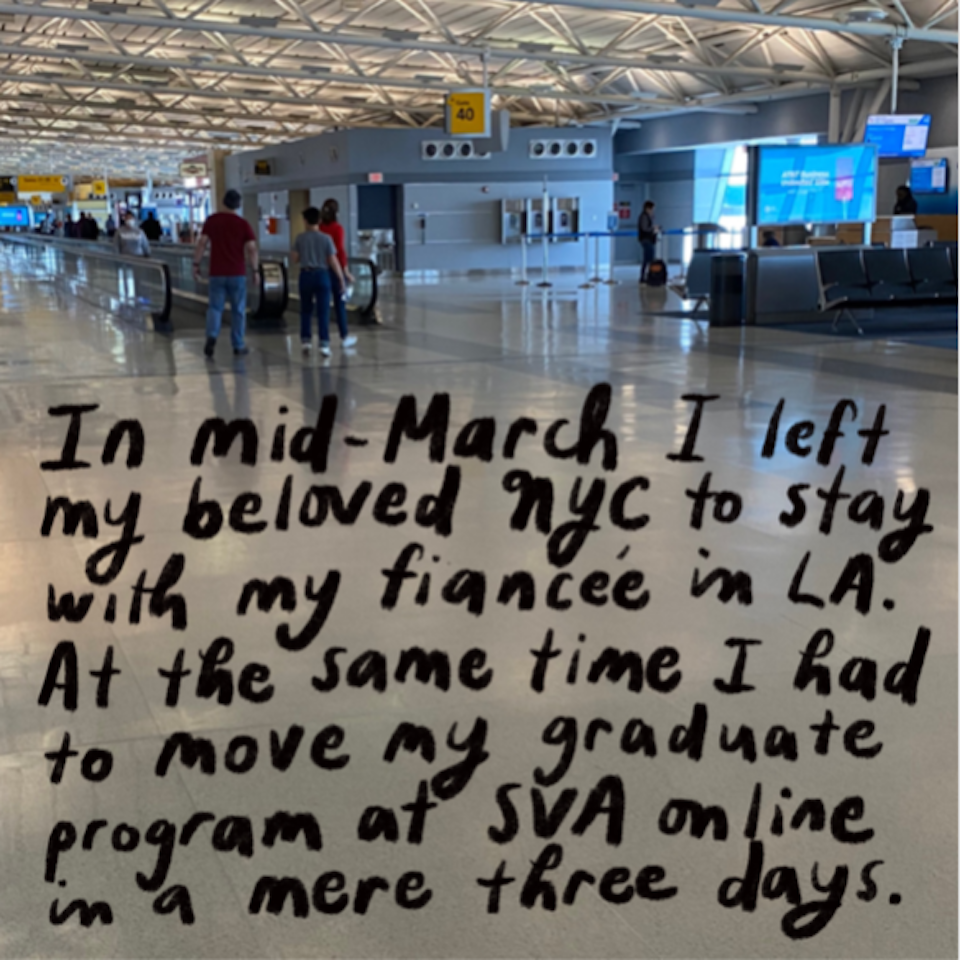
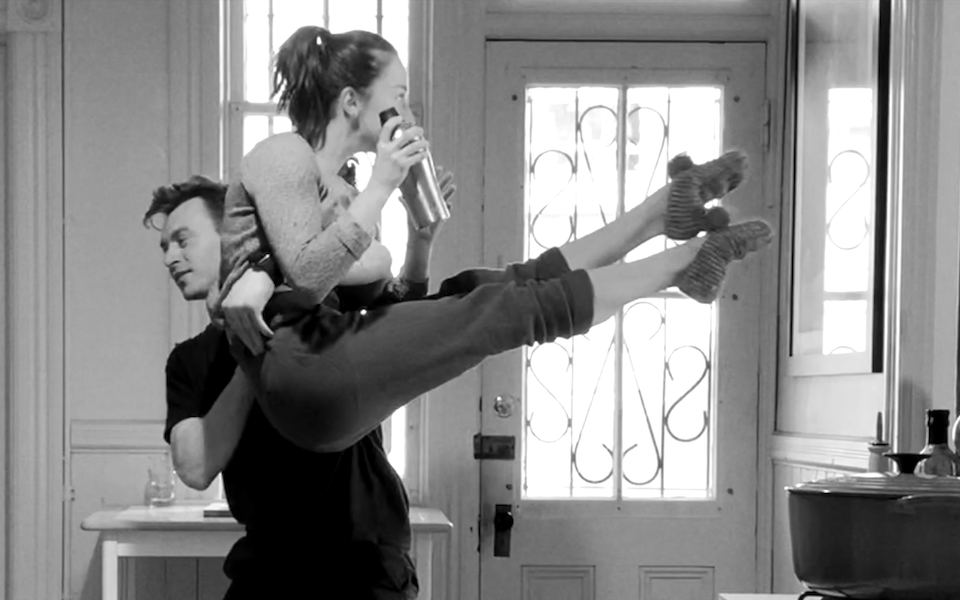
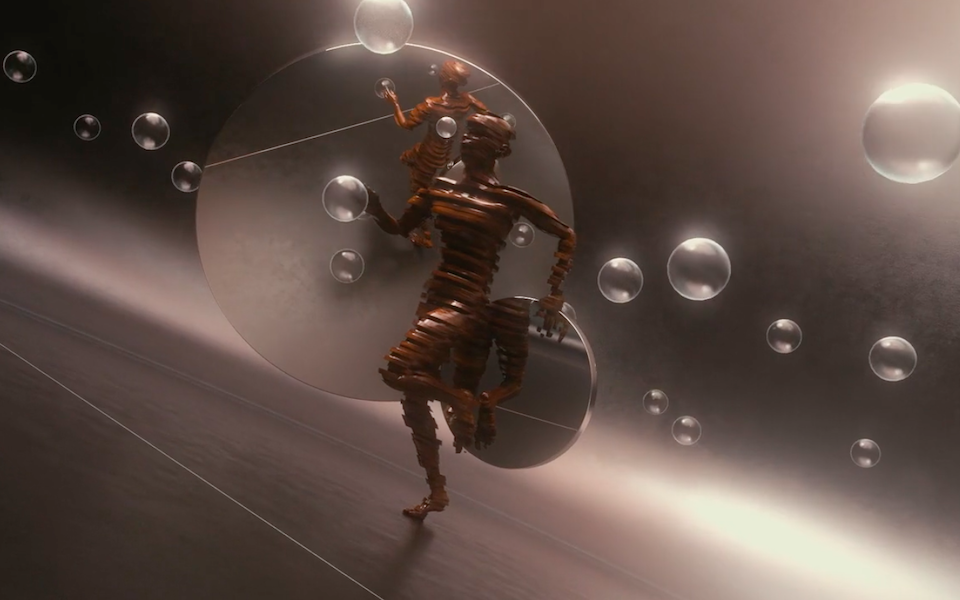
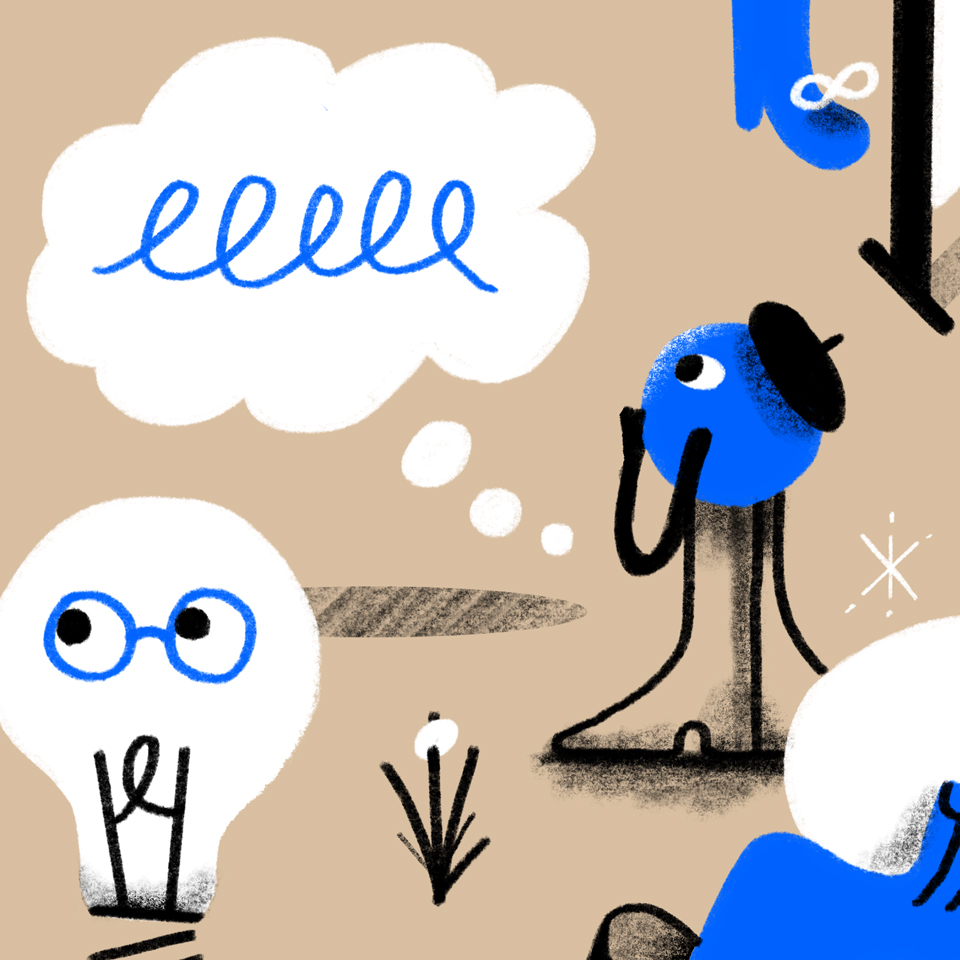
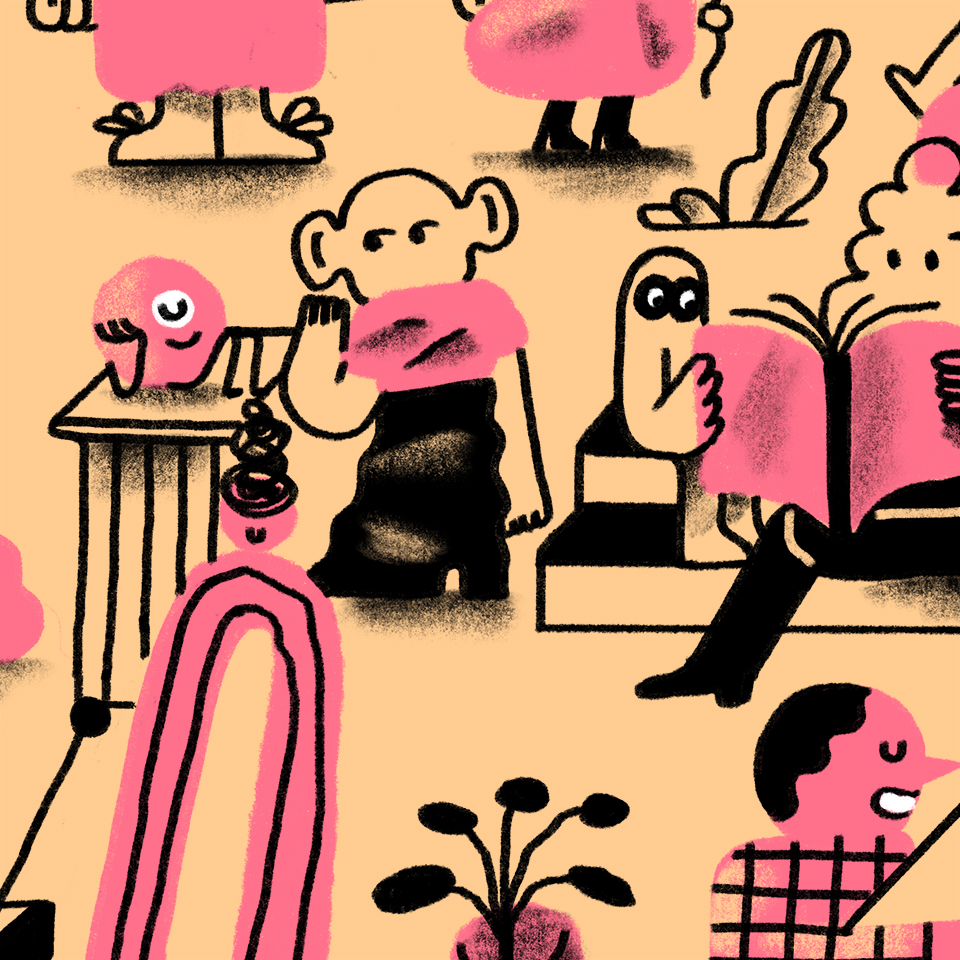




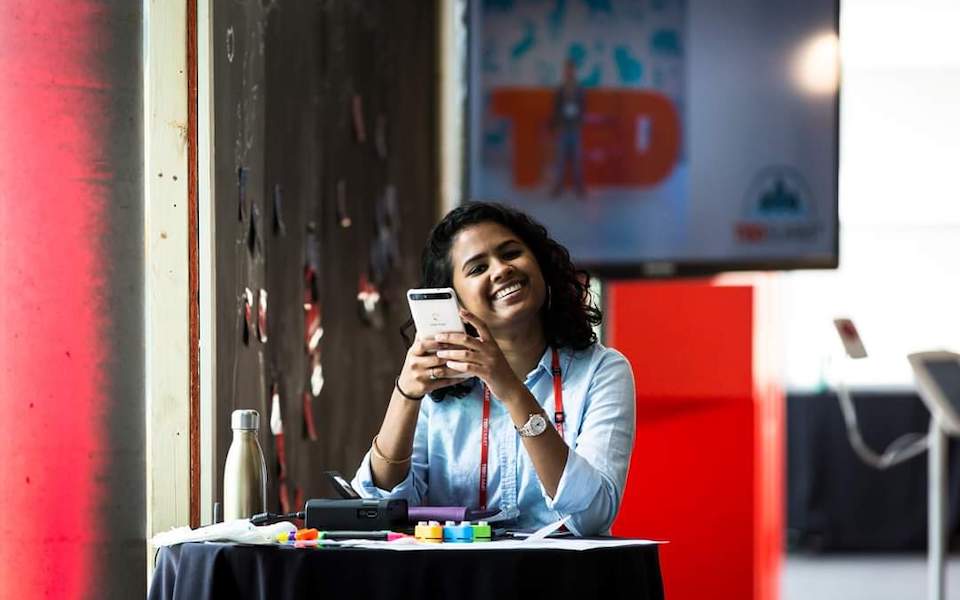


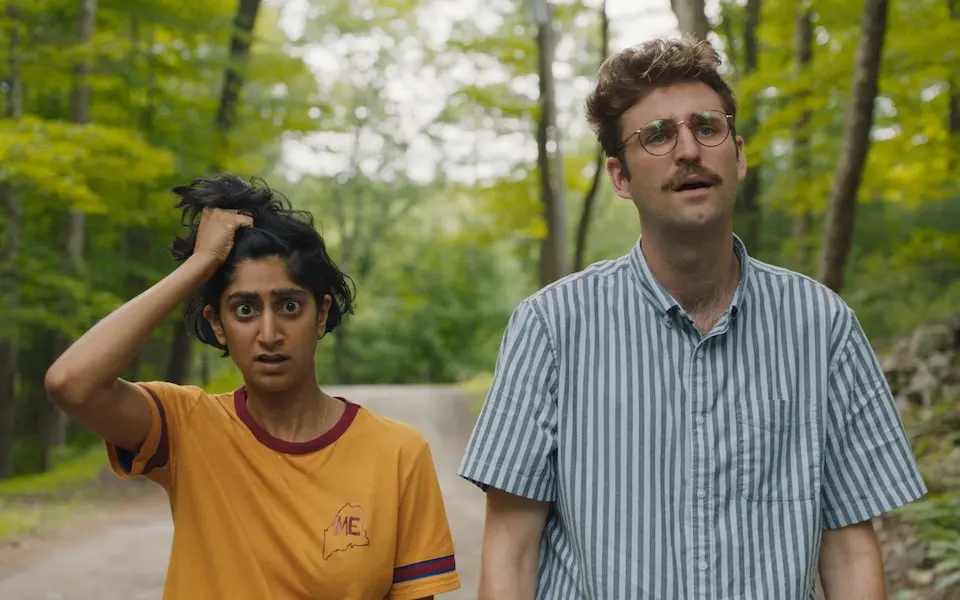
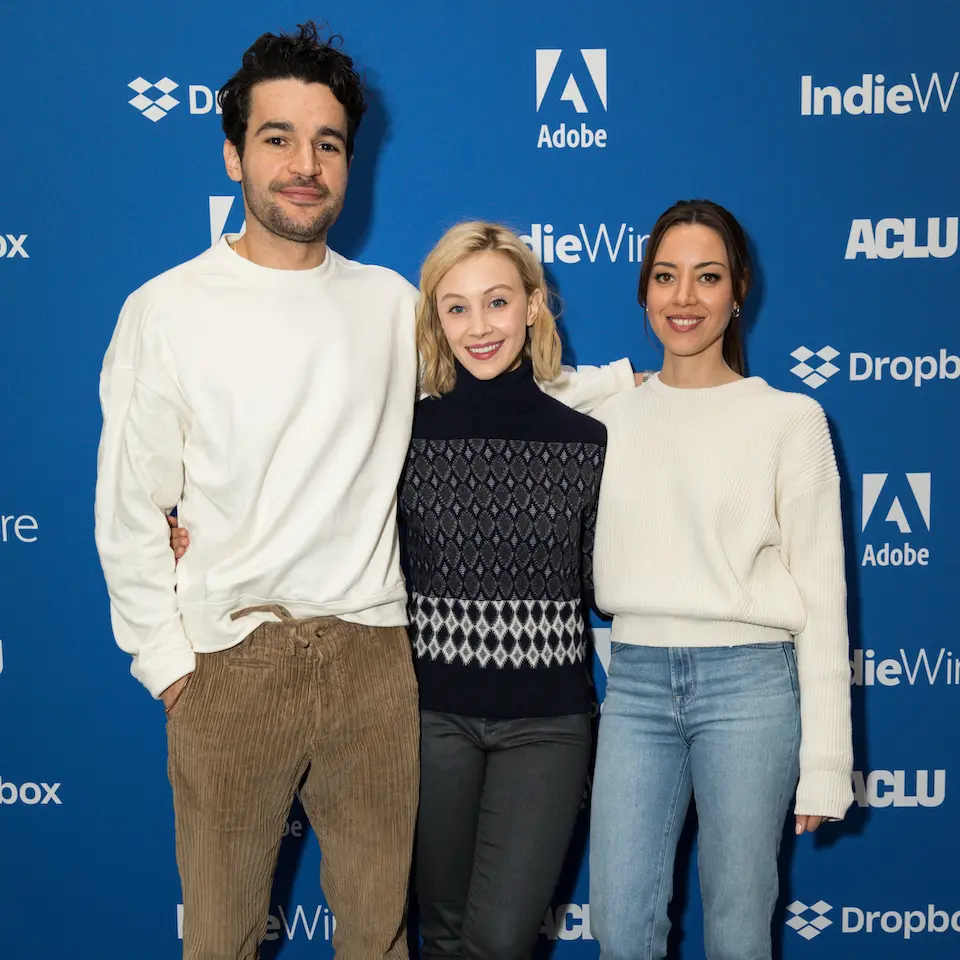
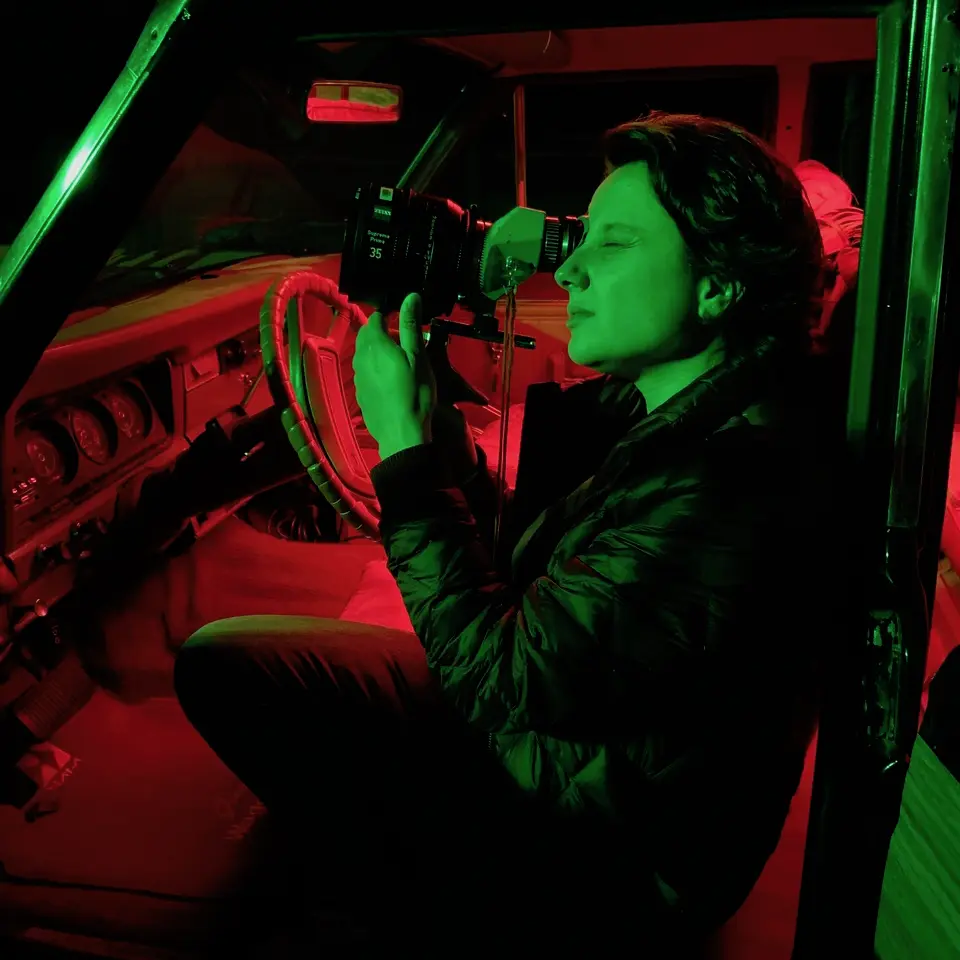
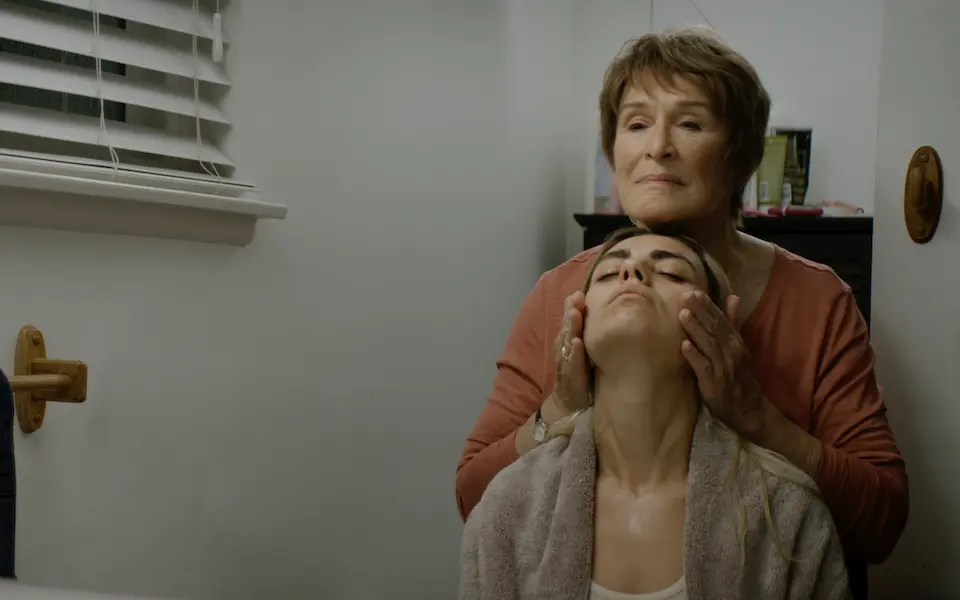

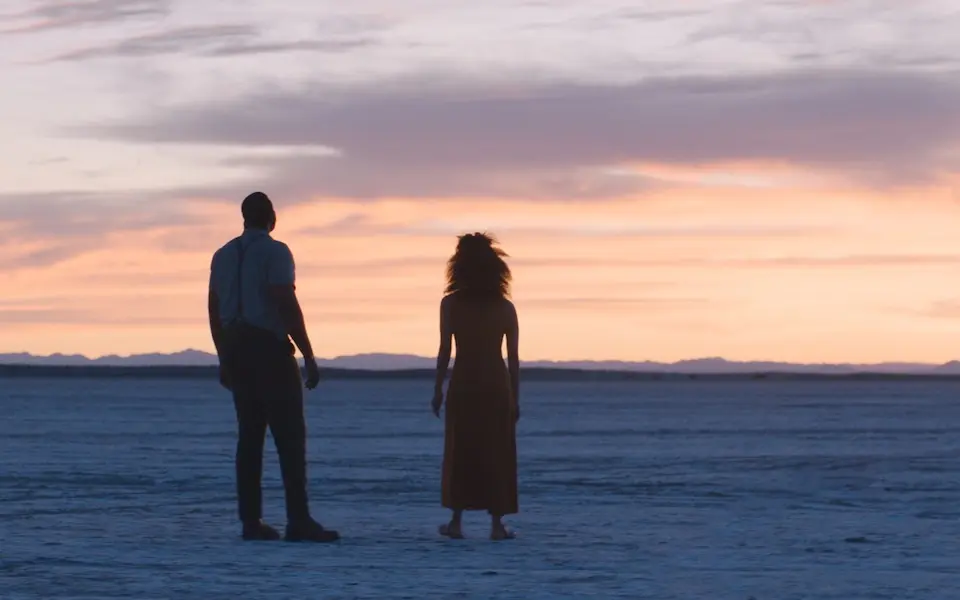
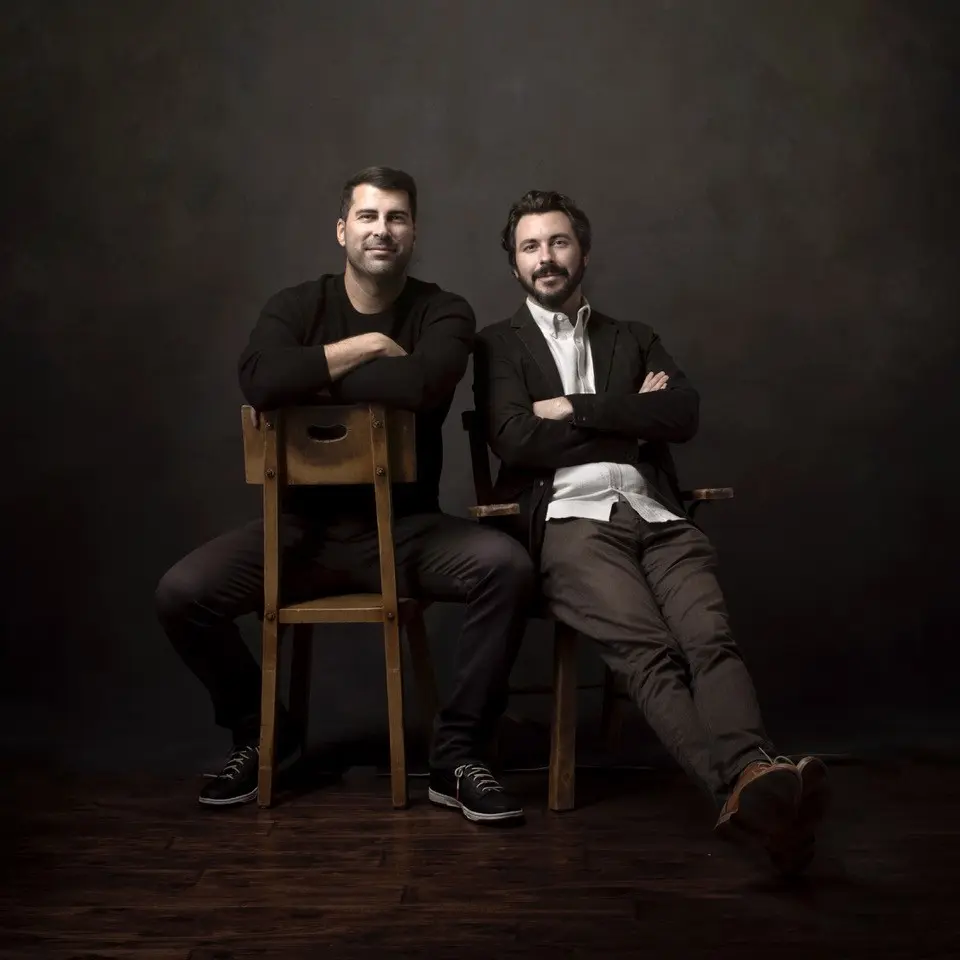



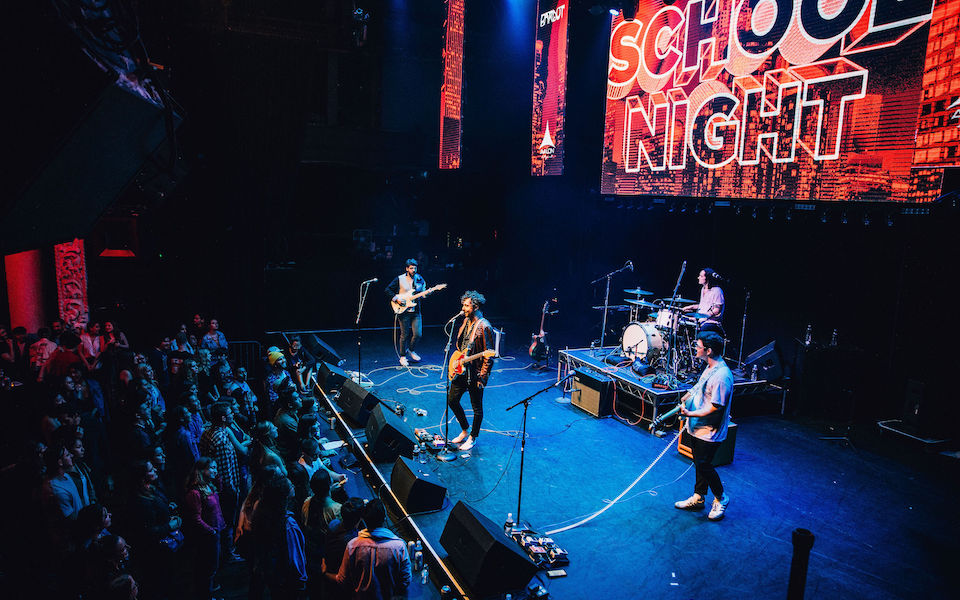






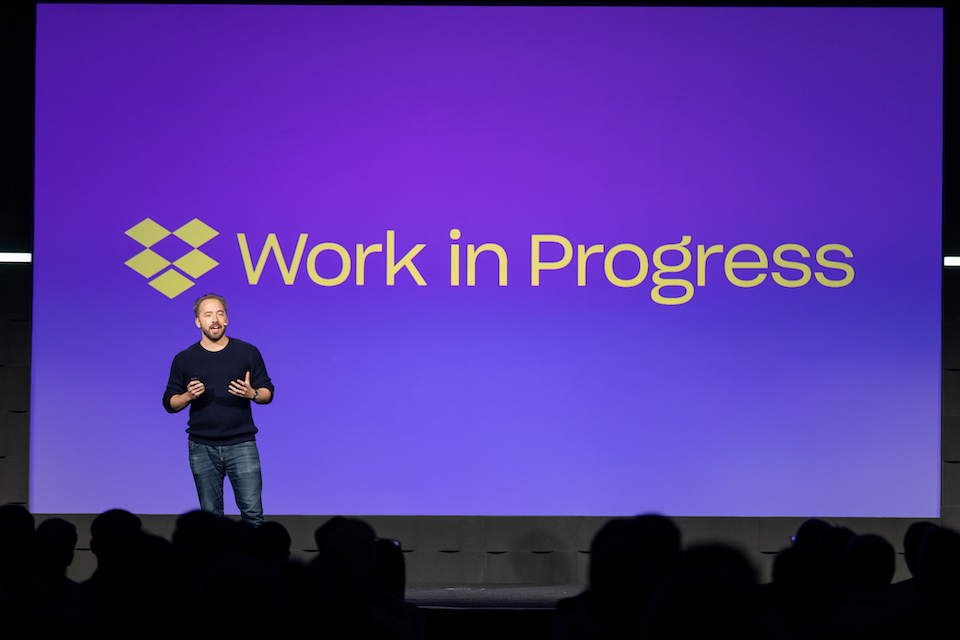



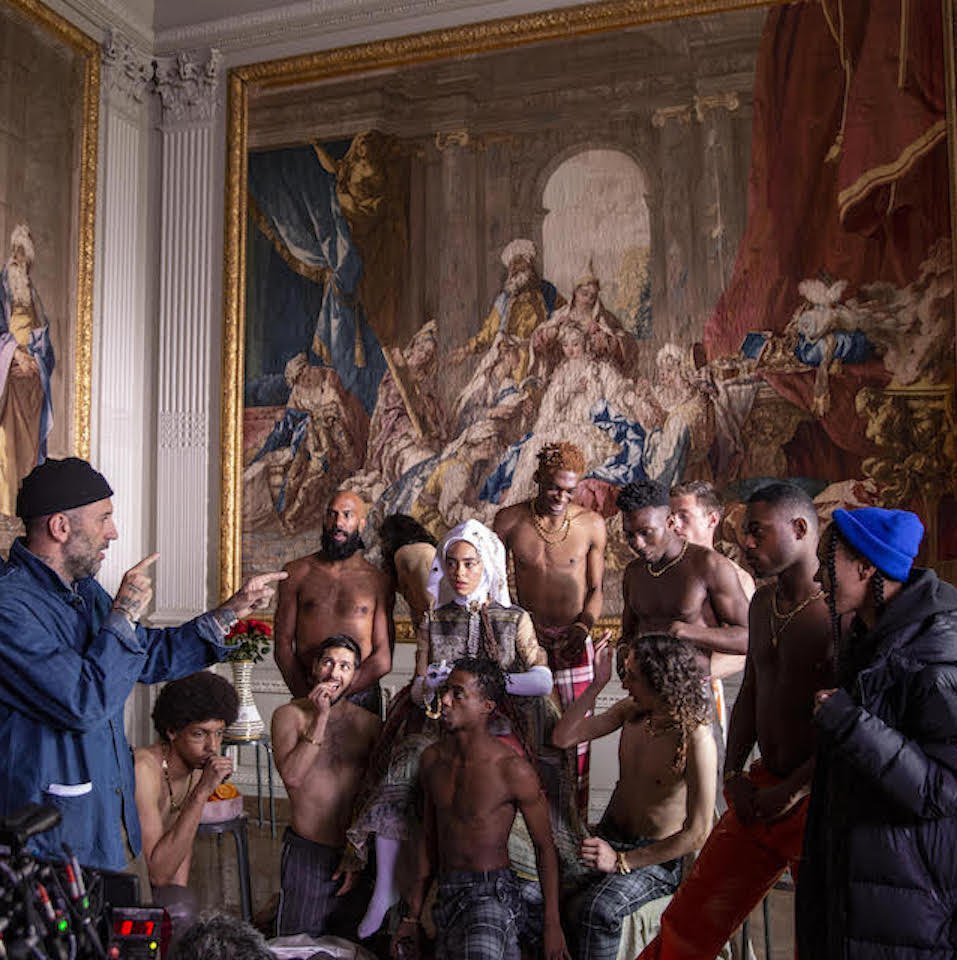

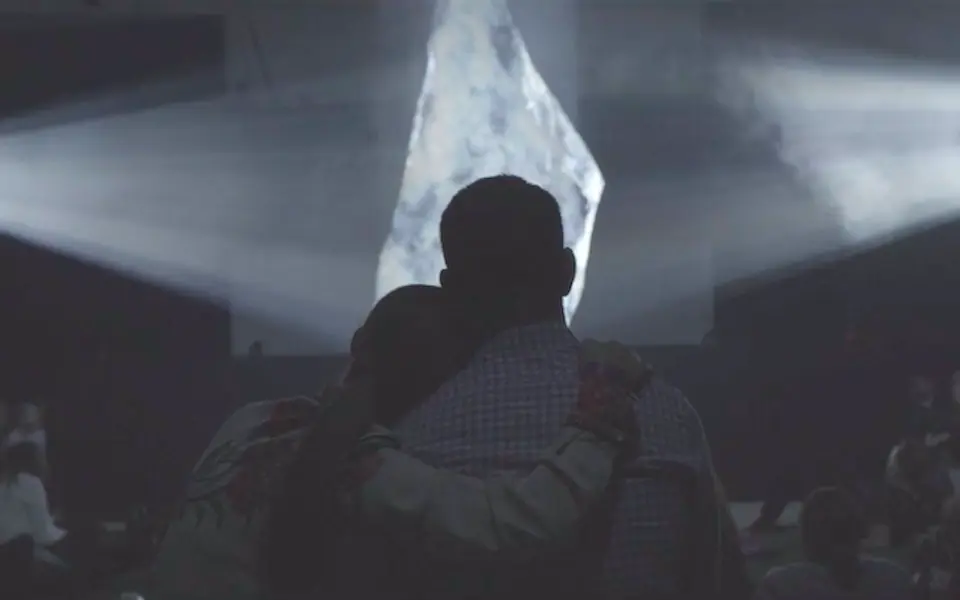
.png/_jcr_content/renditions/Karen%20O%20%2B%20Danger%20Mouse%20(photo%20by%20Eliot%20Lee%20Hazel).webp)


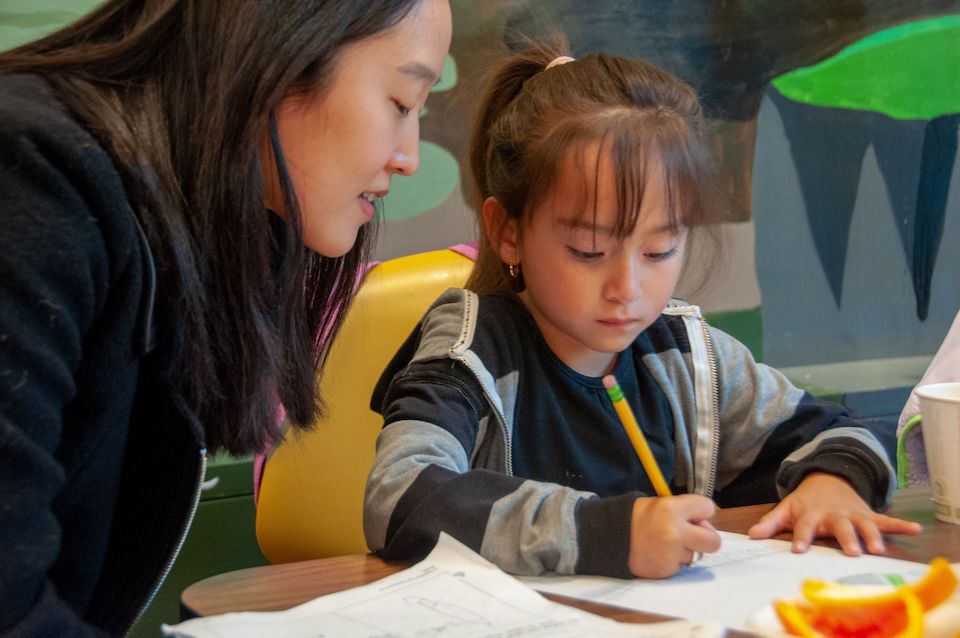


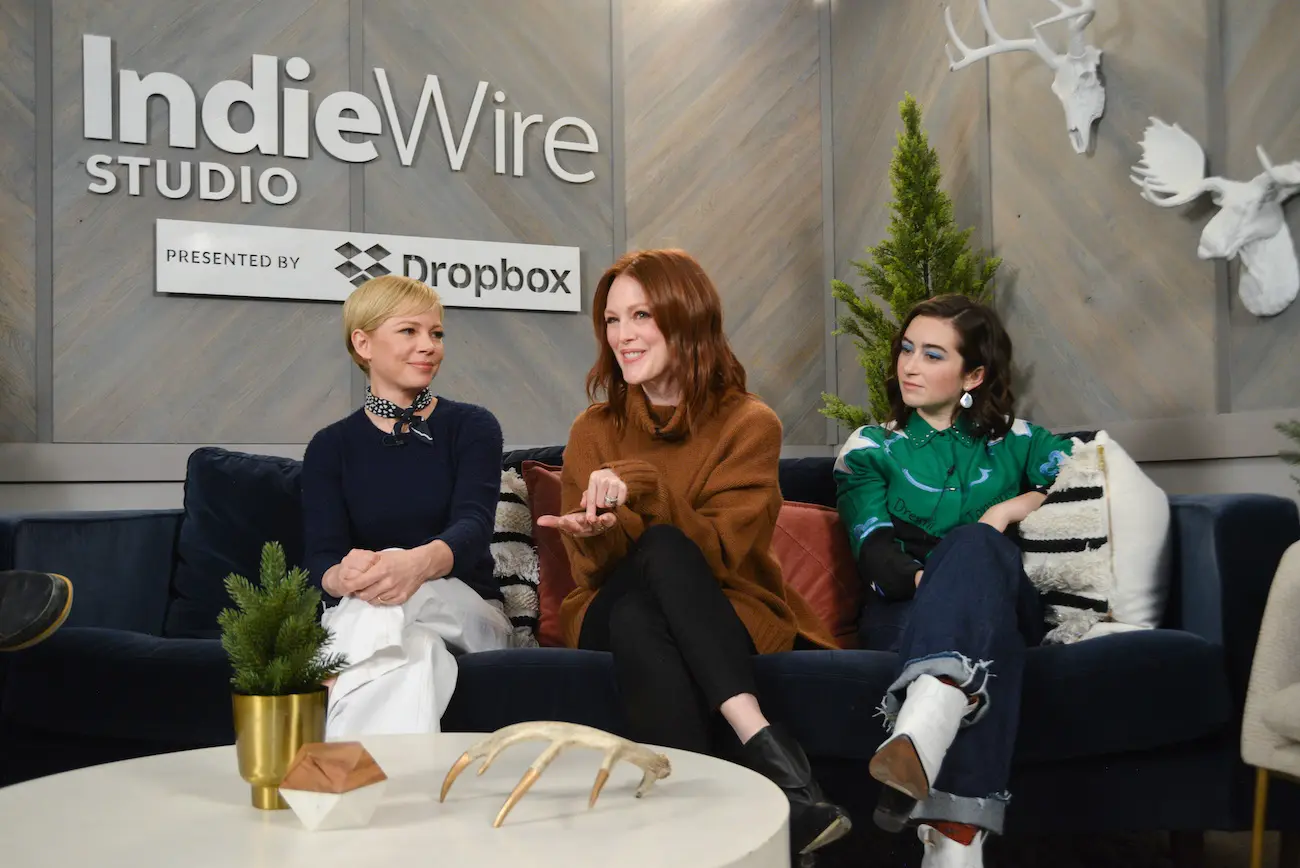


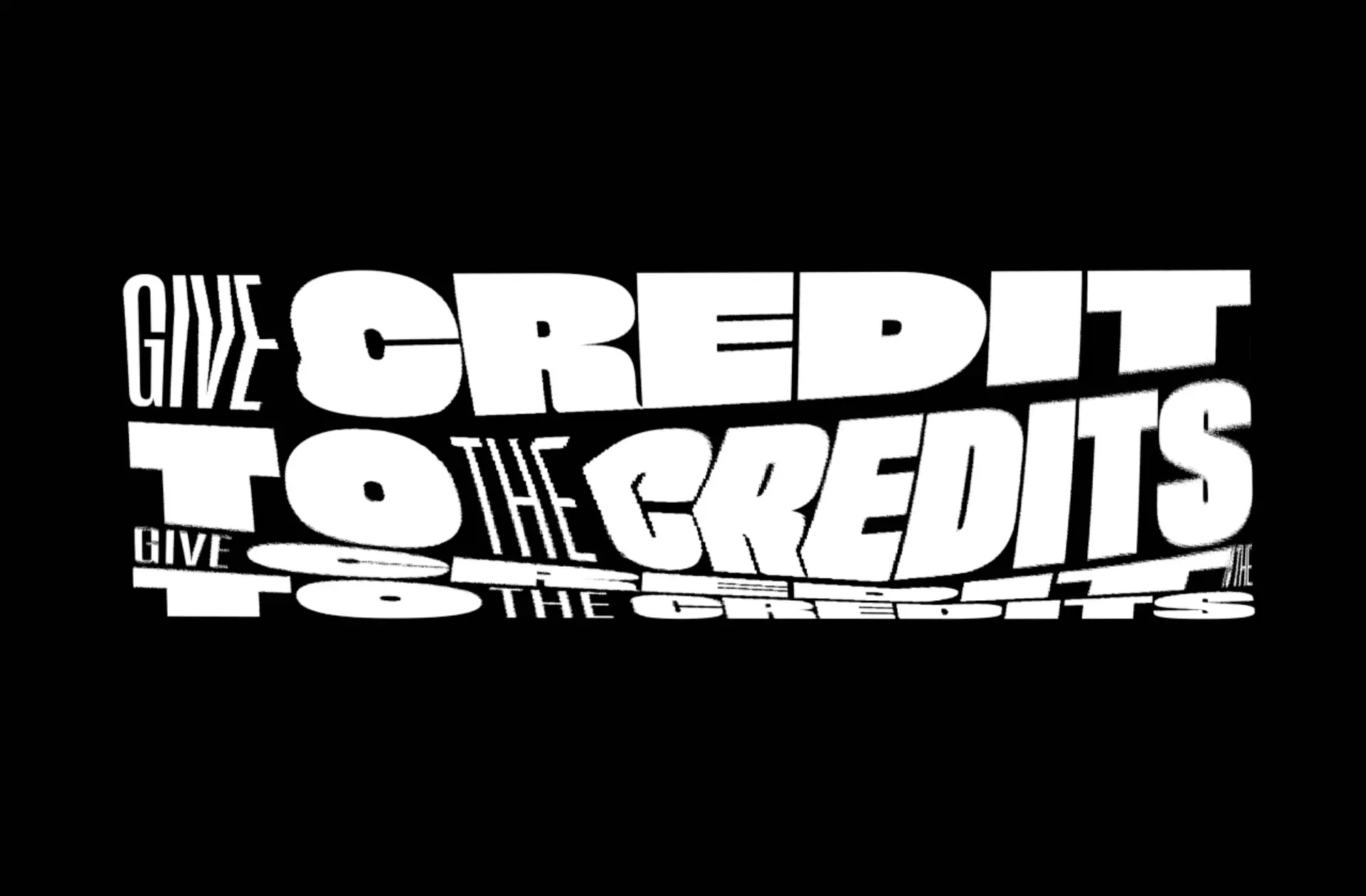
.jpg/_jcr_content/renditions/Extremely%20Wicked%20Shockingly%20Evil%20and%20Vile_Sundance19_Director%20Joe%20Berlinger%20(3).webp)

.jpg/_jcr_content/renditions/Bedlam%2014%20(1).webp)
